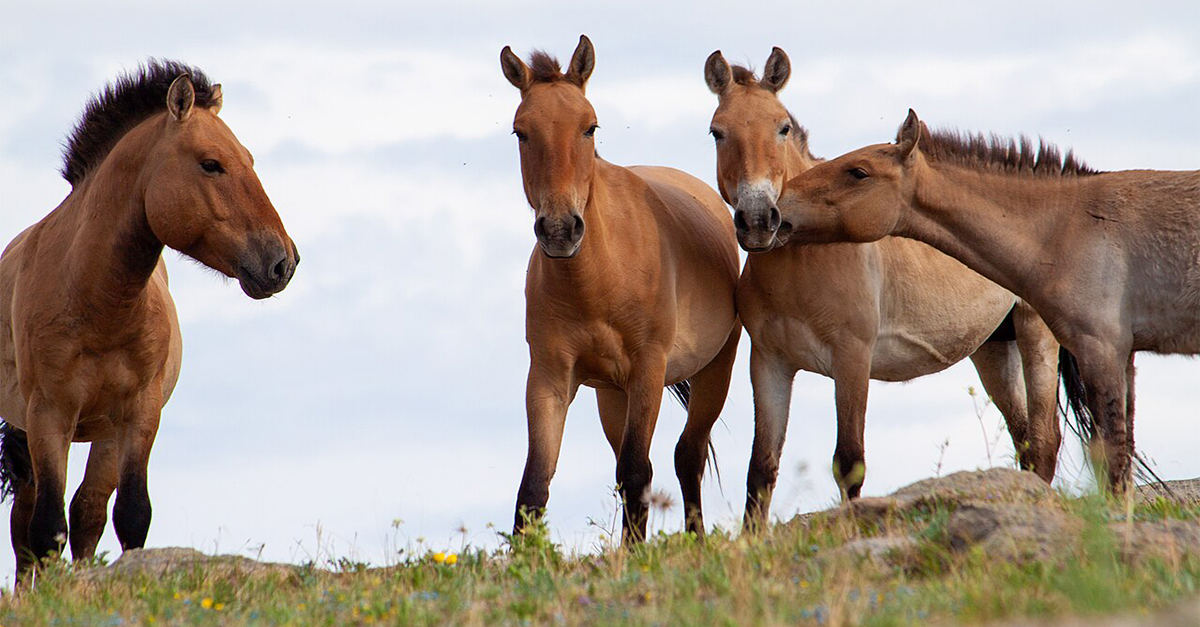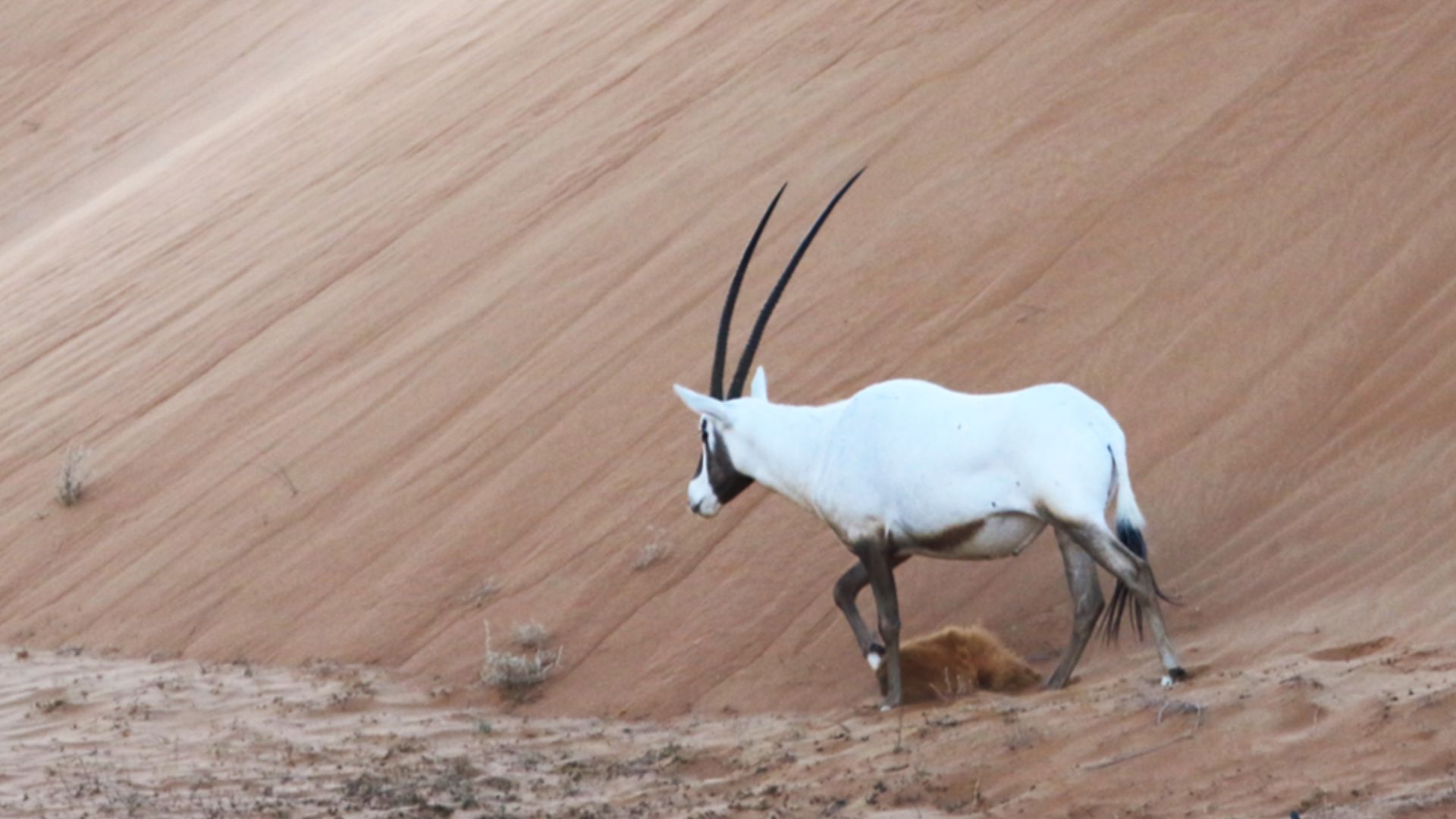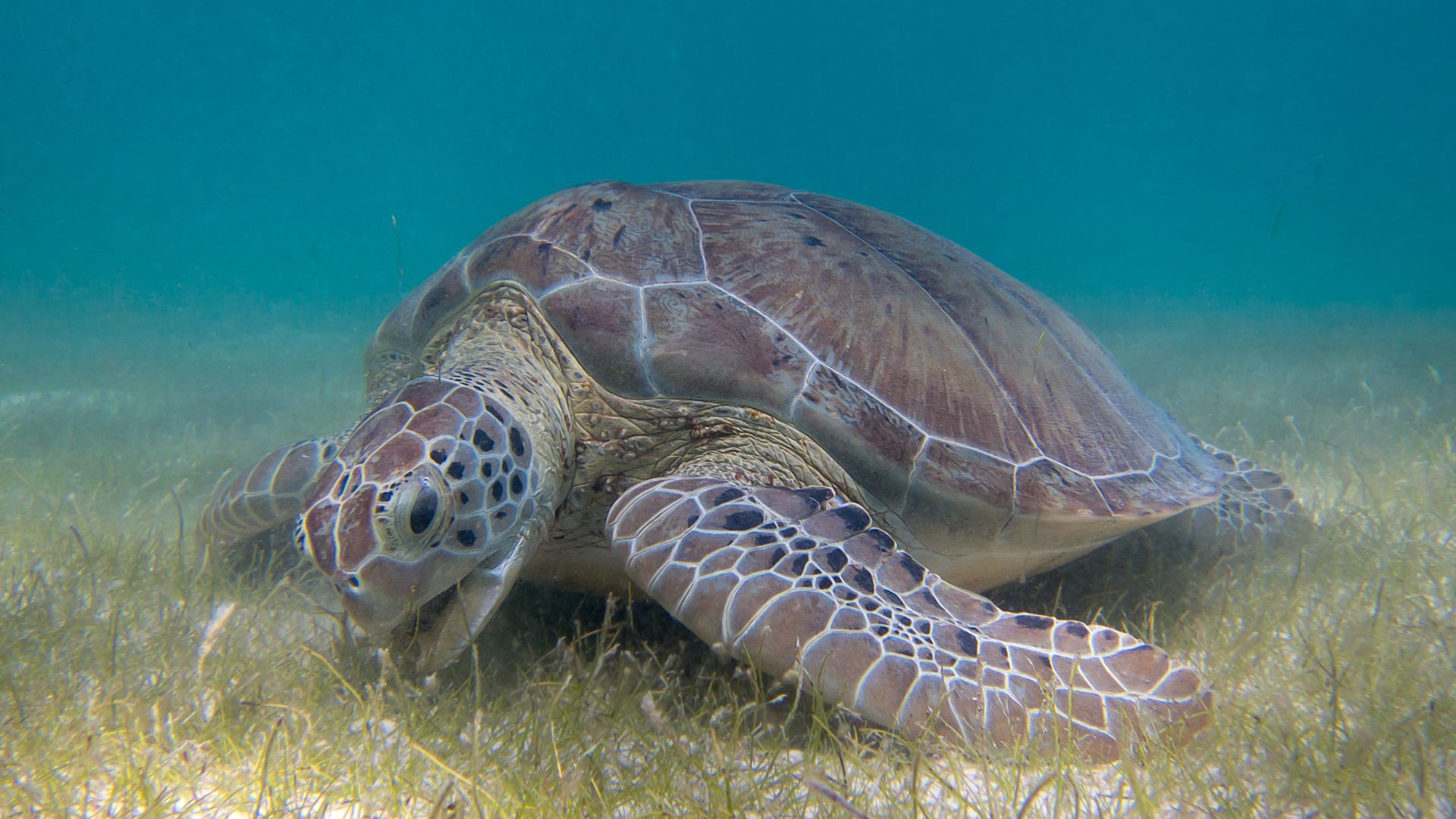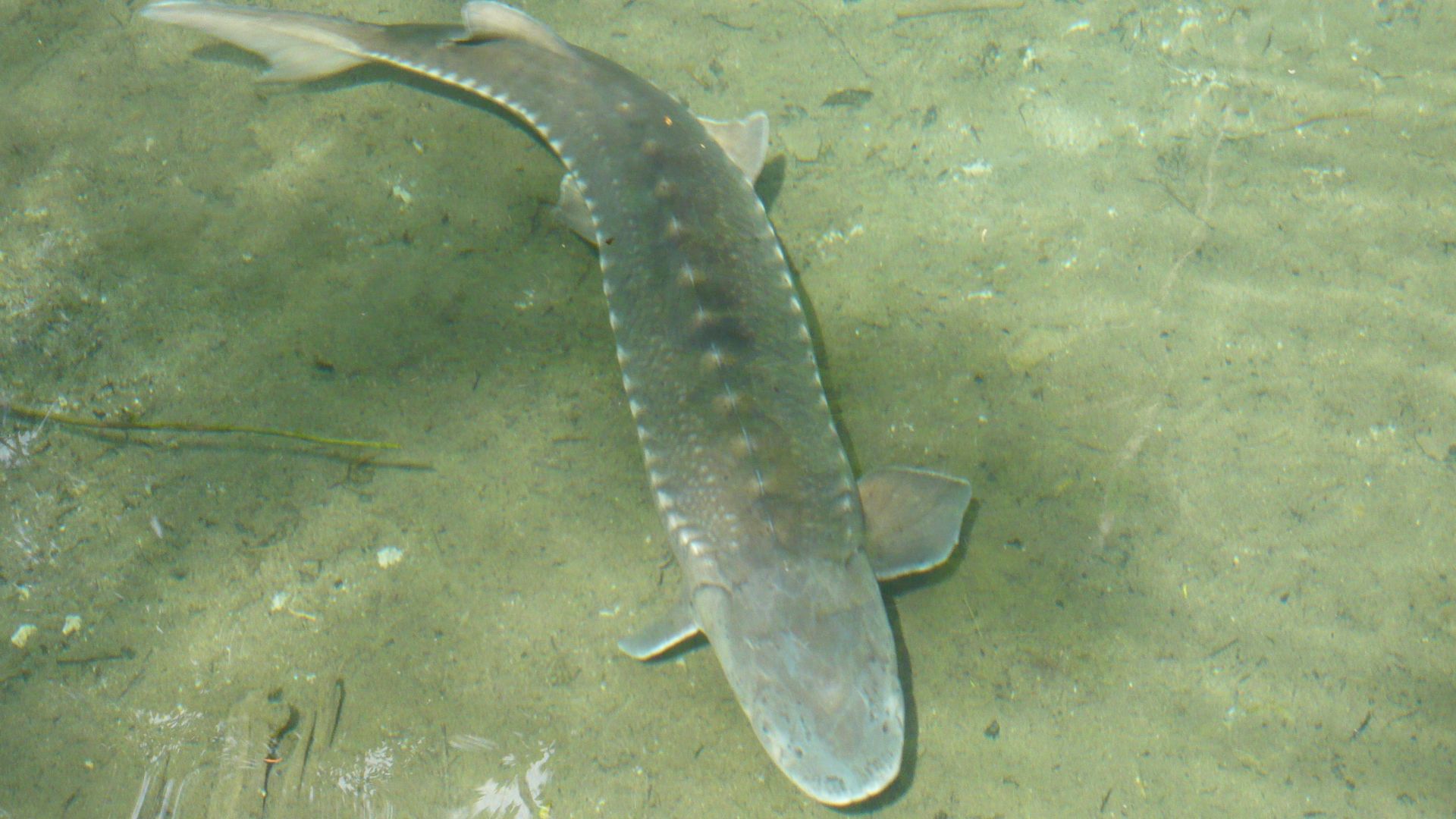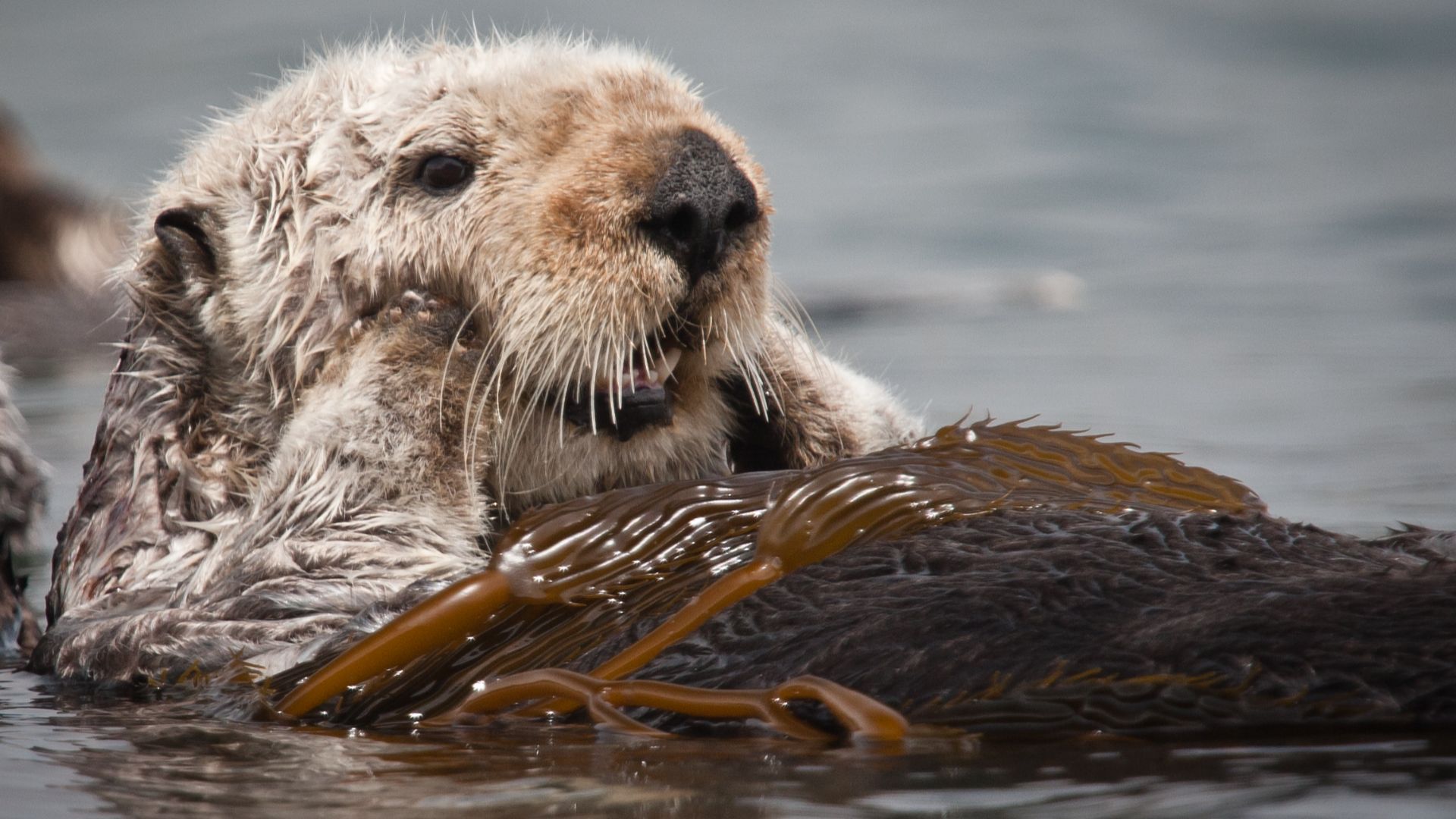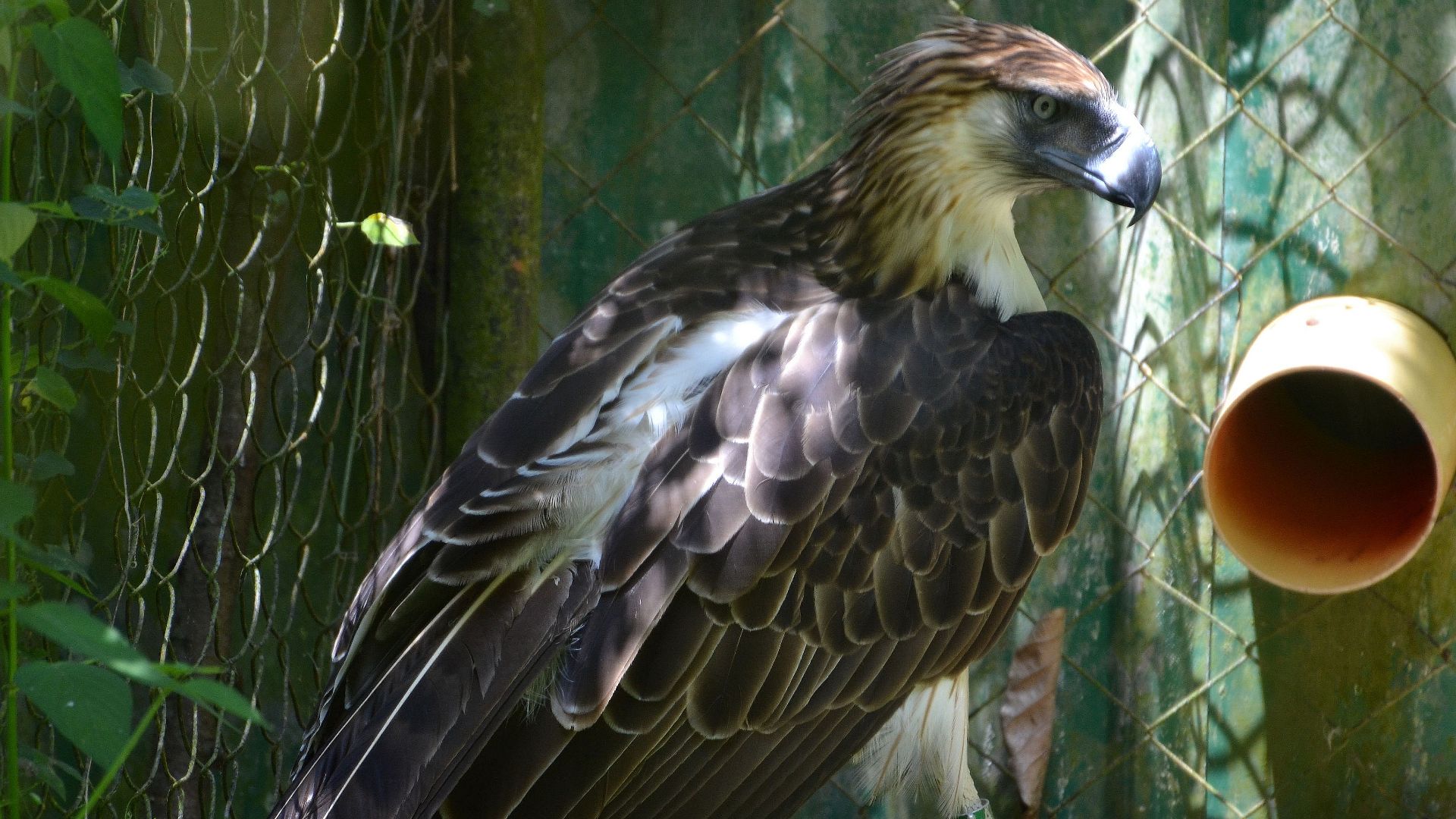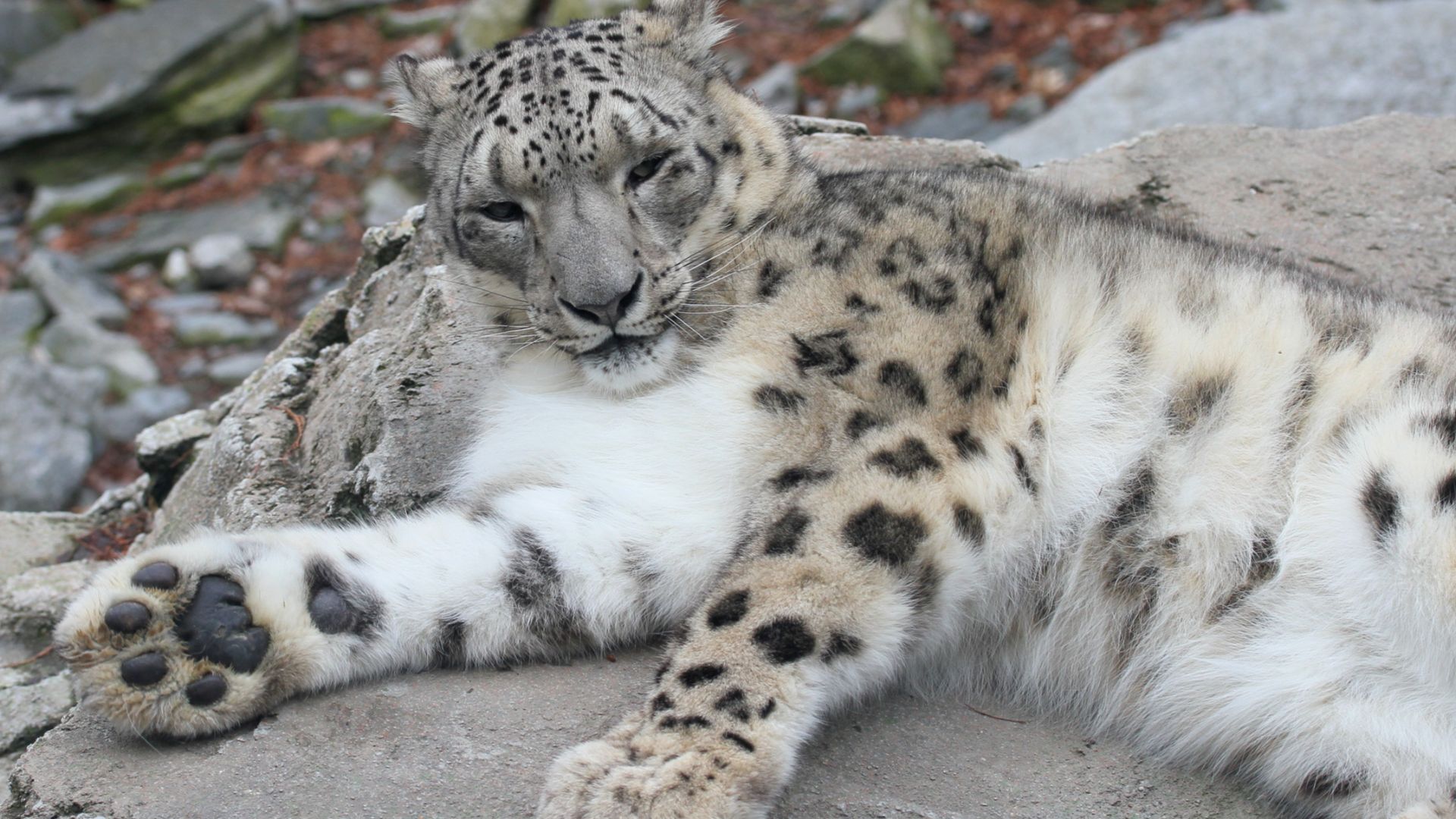Nature’s Resilience
Across the globe, species that many of us had given up on as lost are staging surprising increases in their populations. Through habitat protection, breeding, and human determination to help, these great animal comebacks show that near-extinct species can rally back from the edge of the abyss. Here are 33 wild species whose recoveries inspire hope for future wildlife conservation efforts.
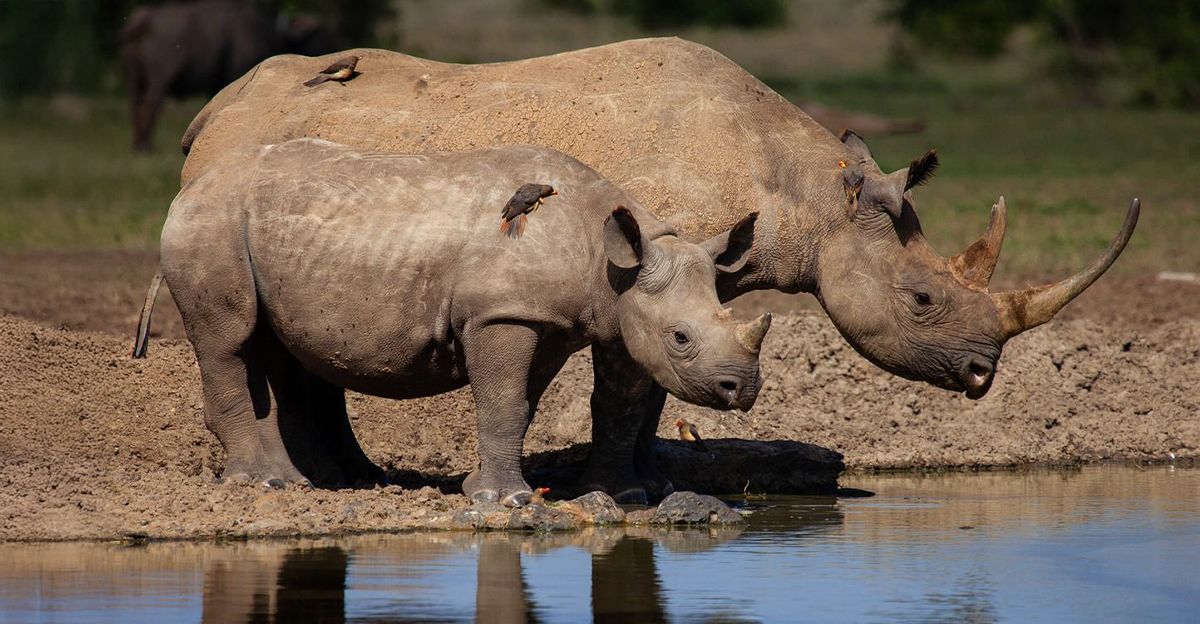
American Bison
Once reduced to a few hundred animals by 19th-Century hunting, the American bison has rebounded to hundreds of thousands under reserve protection and strong restoration efforts. The return of this symbolic animal supports prairie ecological restoration and Indigenous cultural resurgence.
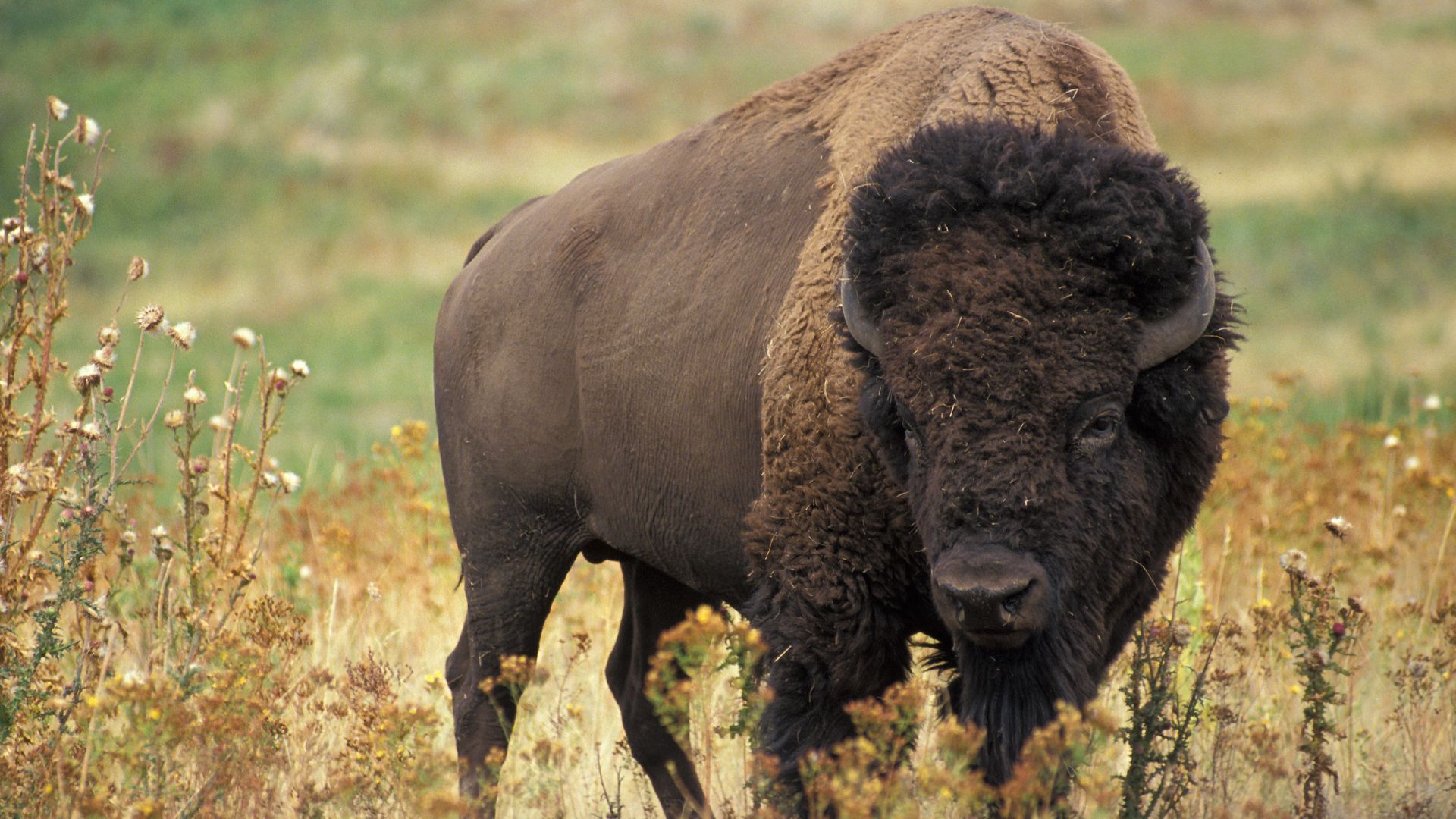 Jack Dykinga, Wikimedia Commons
Jack Dykinga, Wikimedia Commons
Bald Eagle
After DDT pollution sent bald eagle populations close to permanent disappearance in the 1960s, bans and legal protection under the U.S. Endangered Species Act revived our most majestic bird of prey. It now soars again across North America as a symbol of conservation success.
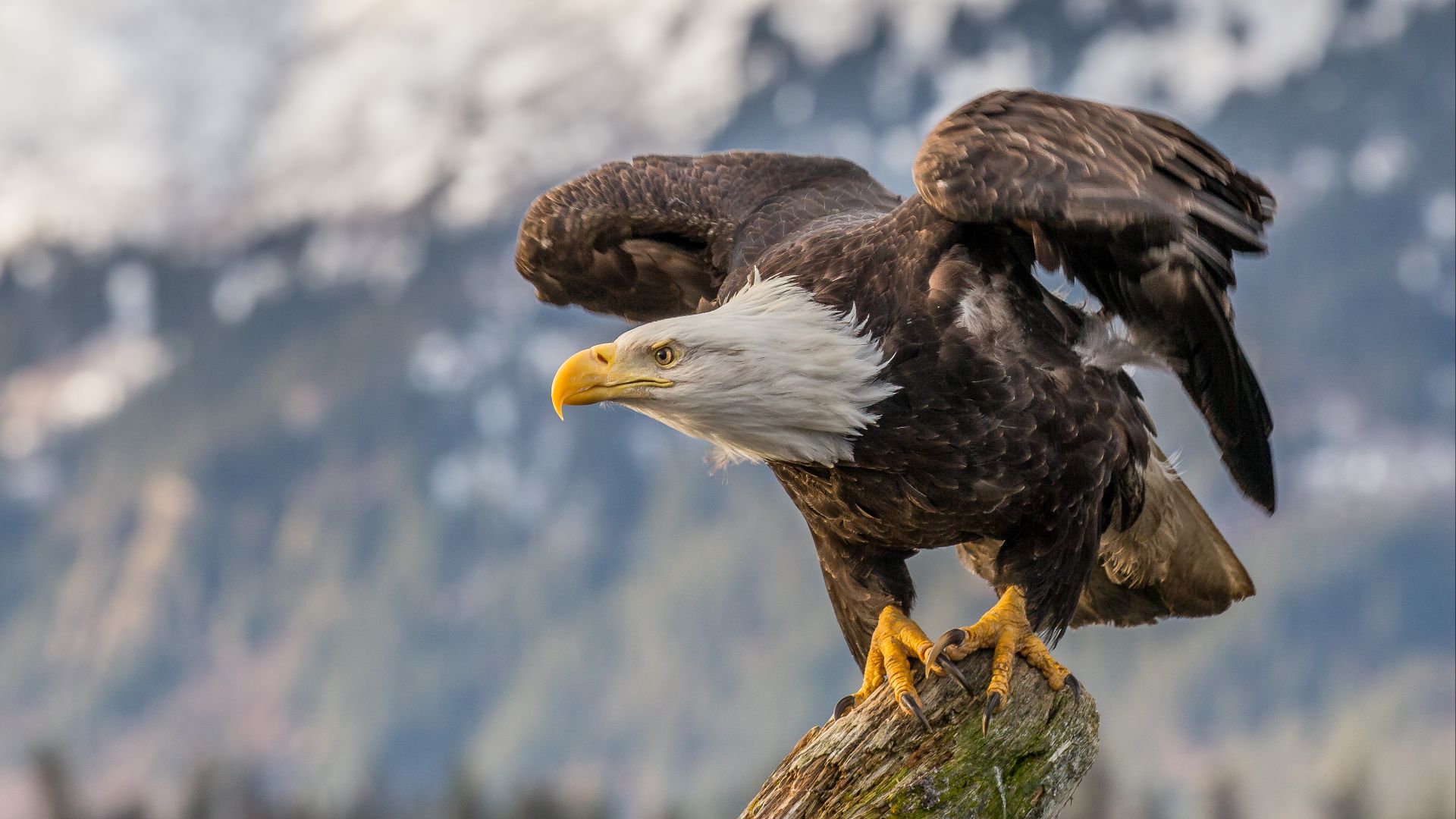 Andy Morffew from Itchen Abbas, Hampshire, UK, Wikimedia Commons
Andy Morffew from Itchen Abbas, Hampshire, UK, Wikimedia Commons
Gray Wolf
Reintroductions in Yellowstone and elsewhere have brought the gray wolf back to parts of its former range. Managing human–wolf coexistence remains complex, but the predator’s return from near extinction in the lower 48 in the early 80s to up to 18,000 today is impressive. The resurgent wolf population rebalances ecosystems and draws eco‑tourism.
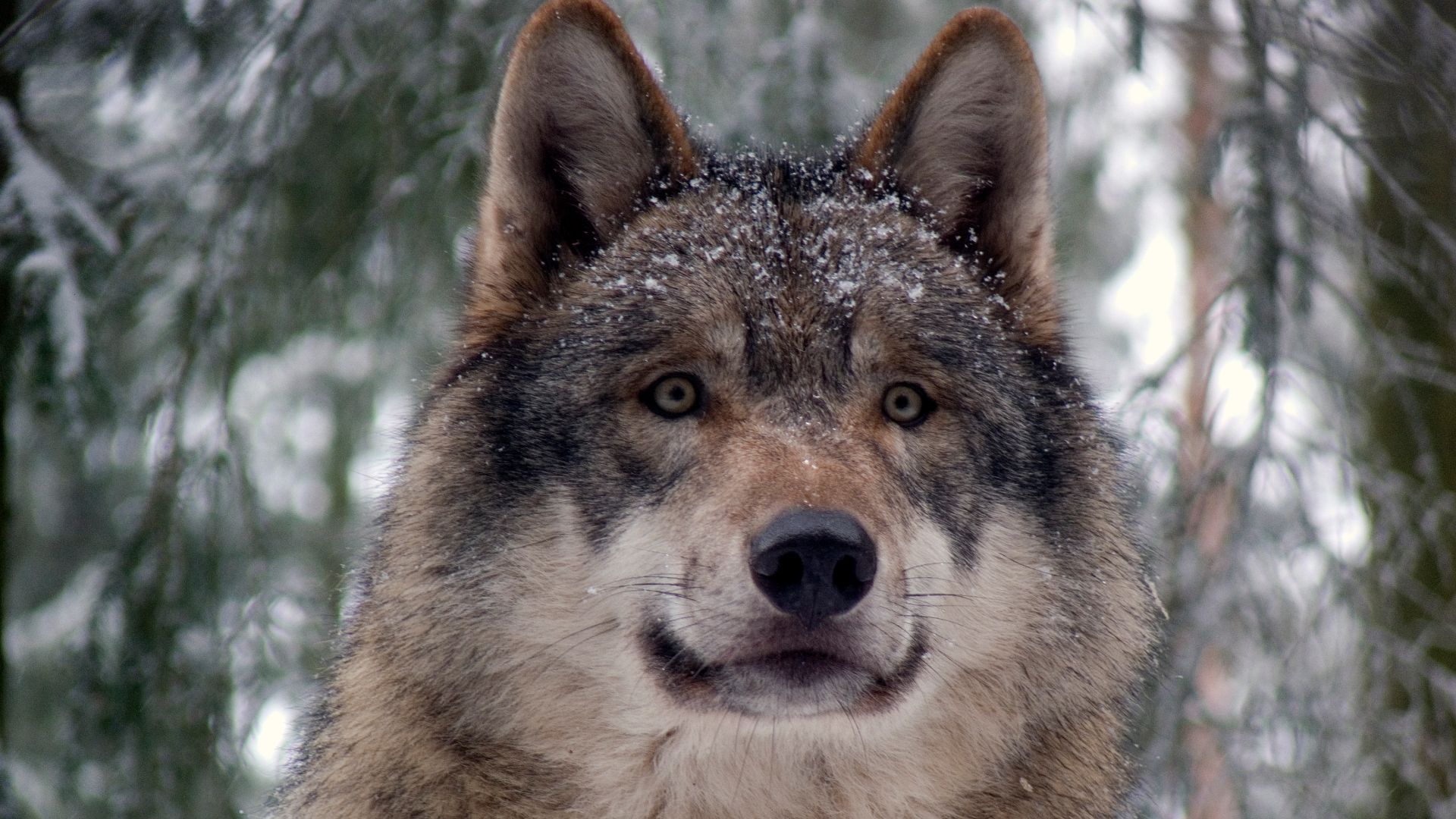 Gunner Ries Amphibol, Wikimedia Commons
Gunner Ries Amphibol, Wikimedia Commons
American Alligator
Overharvest and habitat loss threatened the American alligator throughout the 20th century. Protective laws and regulated harvest revived its numbers to over 4 million, including 2 million in Louisiana alone. It now maintains wetlands as a keystone species.
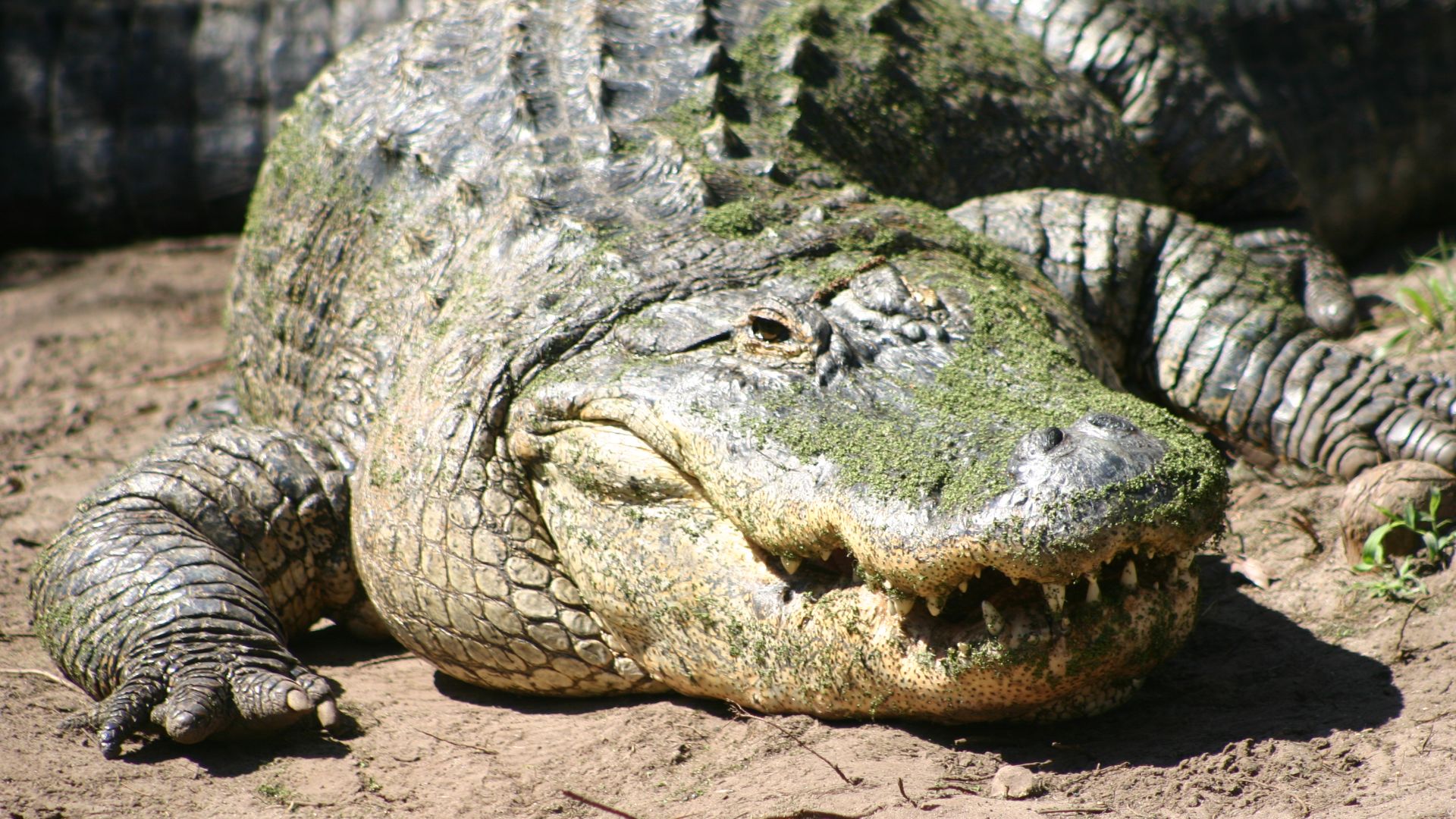 Skeetdeloach at English Wikipedia, Wikimedia Commons
Skeetdeloach at English Wikipedia, Wikimedia Commons
California Condor
In the 1980s, just 27 of these breathtaking birds remained in the wild. Intensive captive breeding and reintroduction programs now sustain multiple wild populations. The condor’s comeback is still in progress and it remains vulnerable to lead poisoning and habitat issues.
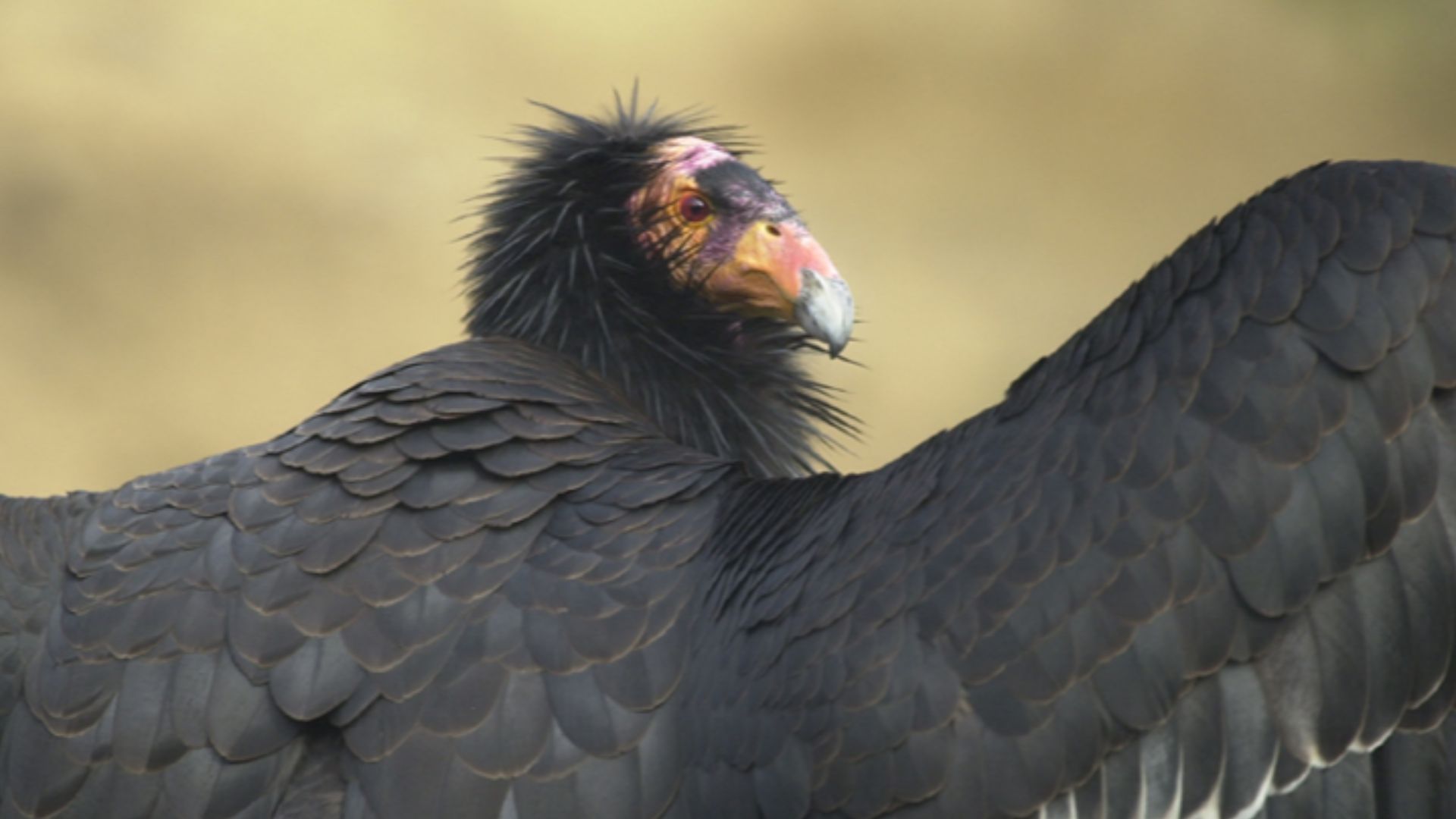 Frier/Nikon, Scott, Wikimedia Commons
Frier/Nikon, Scott, Wikimedia Commons
Arabian Oryx
Formerly extinct in the wild, the Arabian oryx was successfully reintroduced to reserves in Oman and Saudi Arabia. Its dramatic return demonstrates how international cooperation and sanctuary management can bring desert species back. Current population estimates show numbers between 1,500 and 2,000 individuals.
Humpback Whale
Hunted to near extinction by whaling, humpback populations have surged under whaling bans that were implemented in 1976. In many regions of the world’s oceans, their numbers now exceed pre‑whaling levels, and whale‑watching has become a big tourism draw. While the long-term recovery is admirable, other environmental challenges have caused the humpback population to decline 20% since 2014.
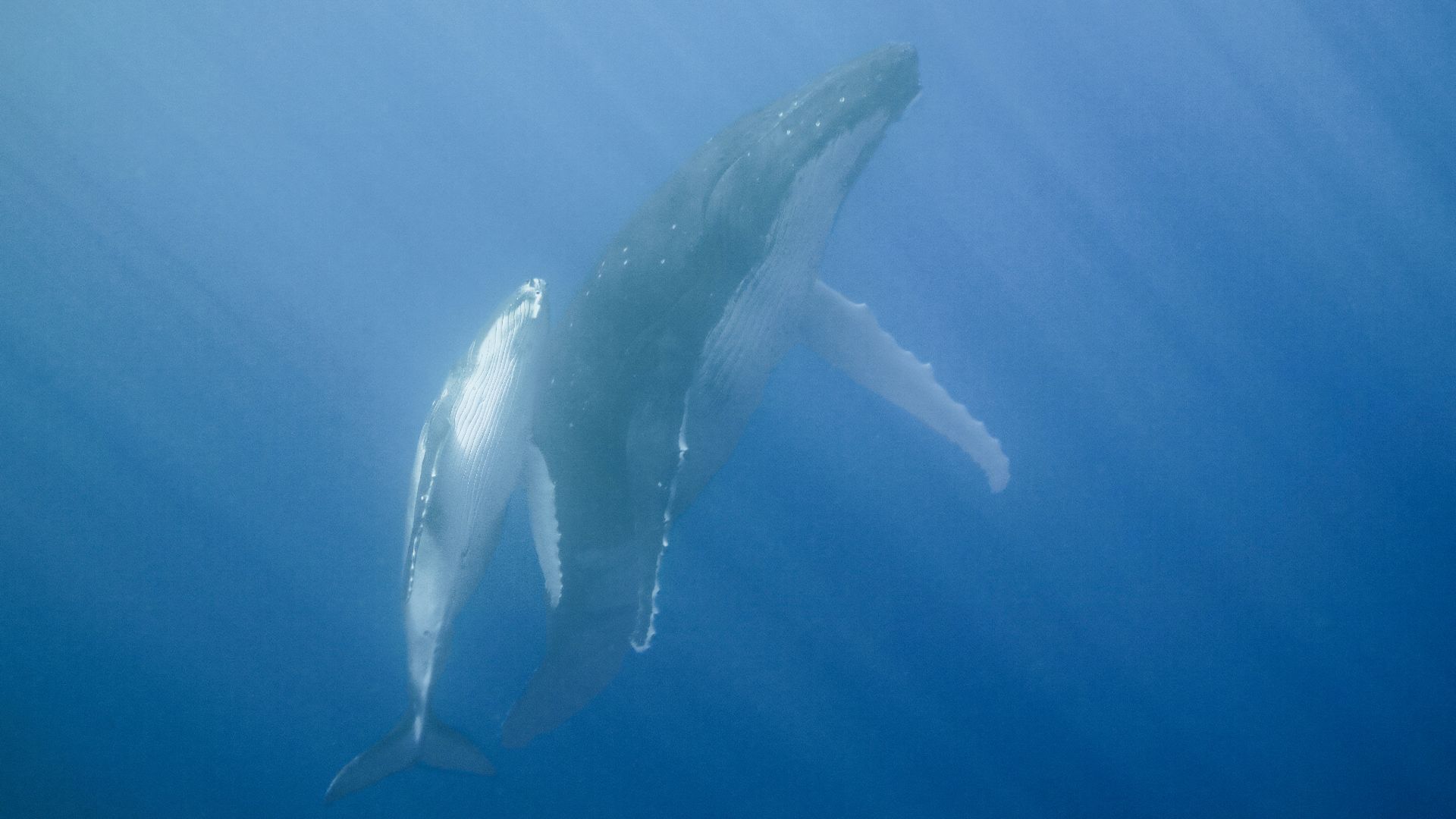 Charles J. Sharp, Wikimedia Commons
Charles J. Sharp, Wikimedia Commons
European Bison (Wisent)
Decimated in the early 20th century, European bison were reintroduced from captive lines in Poland, Belarus, and other countries. Today free‑roaming herds of over 8,000 animals restore forest ecosystems and reconnect Europe’s wild heritage.
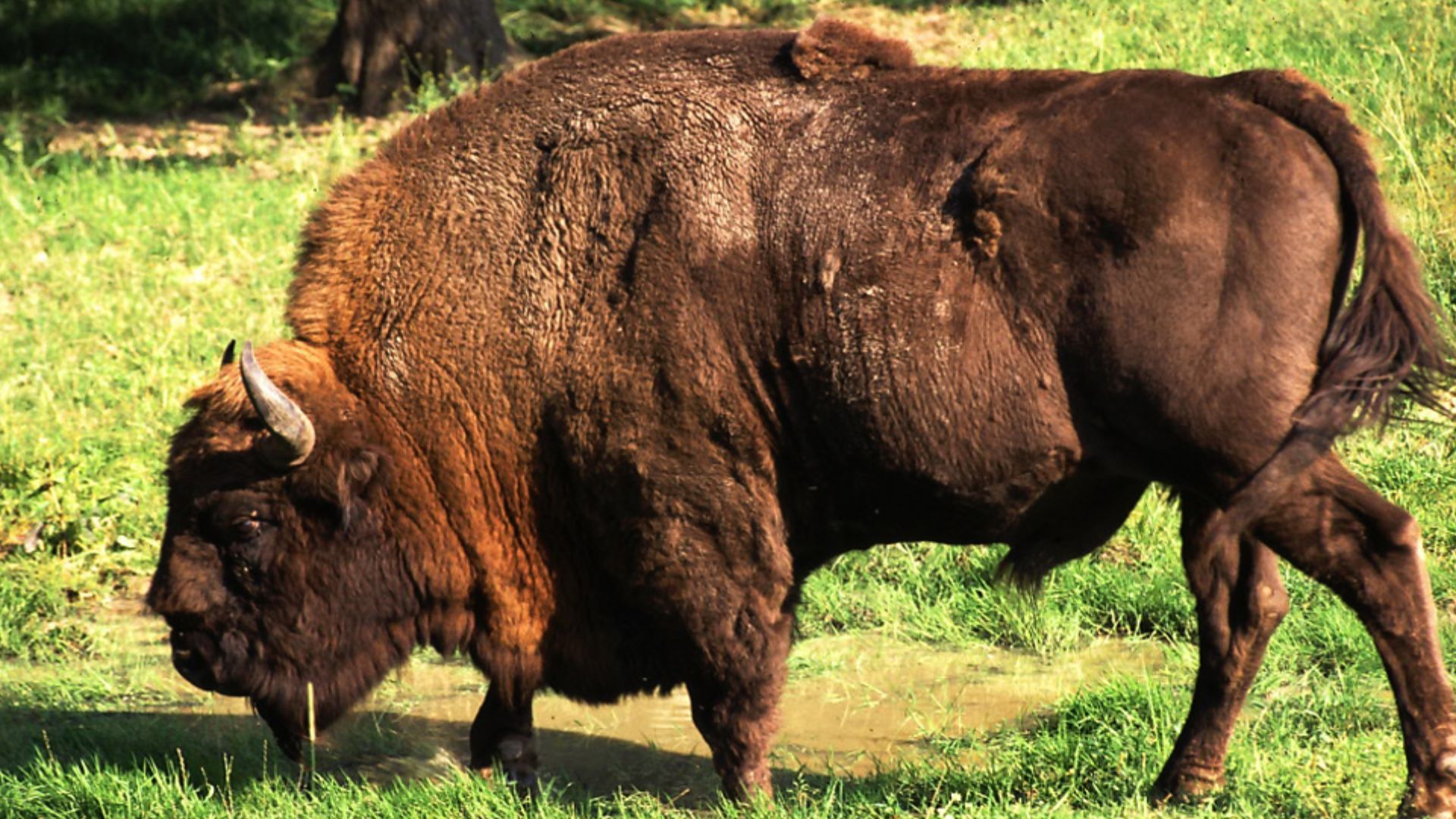 Henryk Kotowski at English Wikipedia, Wikimedia Commons
Henryk Kotowski at English Wikipedia, Wikimedia Commons
Giant Panda
China’s habitat corridors, reserve expansion, and anti‑poaching work helped the giant panda grow rapidly in numbers. In 2016 it was downgraded from “endangered” to “vulnerable.” Many fragile populations are still dependent on bamboo forest stability. The current population is about 1,800 in the wild and another 670 in captivity
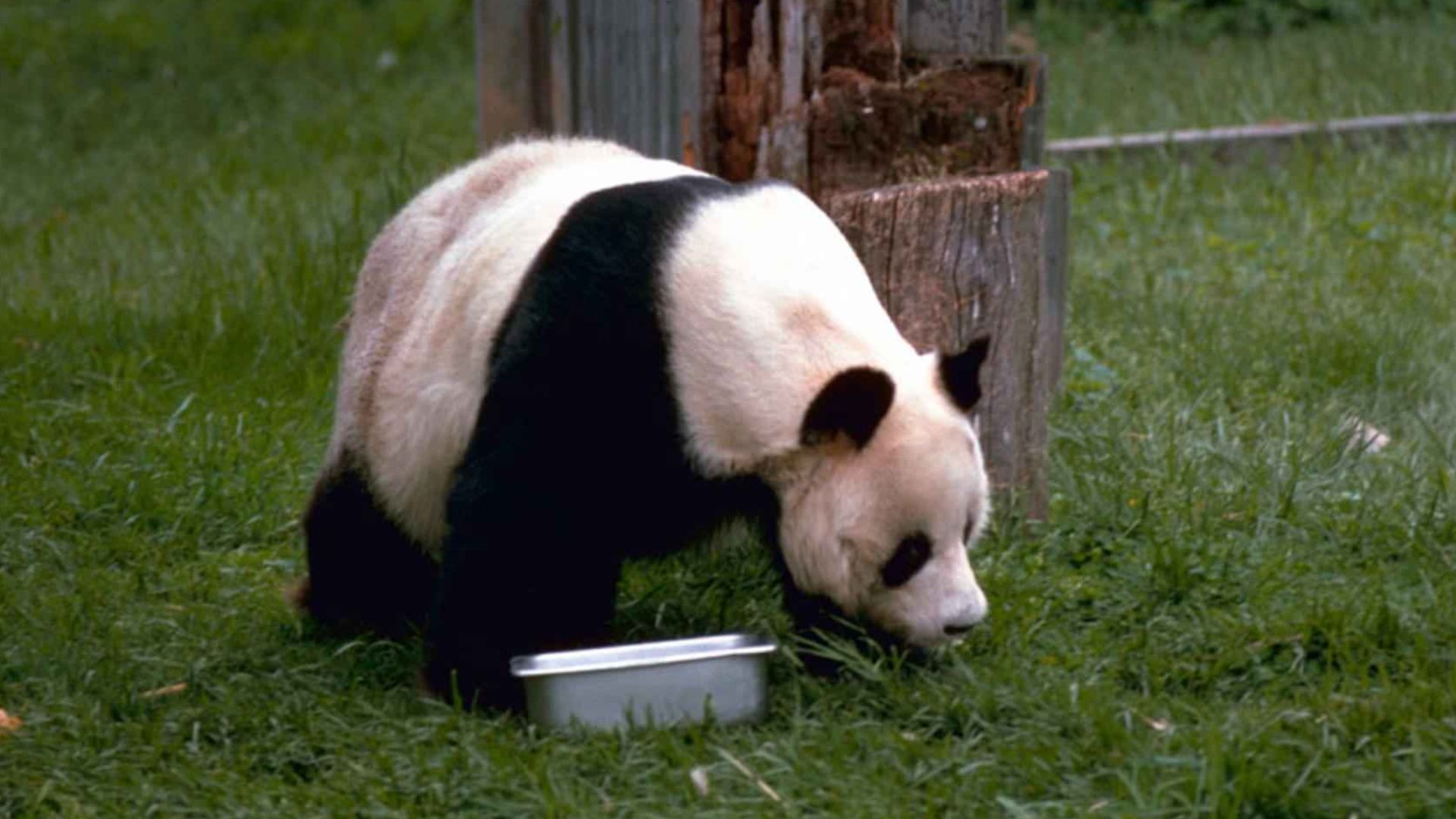 Stolz Gary M, U.S. Fish and Wildlife Service, Wikimedia Commons
Stolz Gary M, U.S. Fish and Wildlife Service, Wikimedia Commons
Mexican Wolf
Once nearly extinct, the Mexican wolf is being slowly rebuilt via captive breeding and reintroduction in the southwestern U.S. Success depends heavily on public support, habitat connectivity, and minimizing livestock conflicts. Their current population in the wild is 286. 2025 marked the animal’s ninth consecutive year of population growth, an encouraging sign for conservationists.
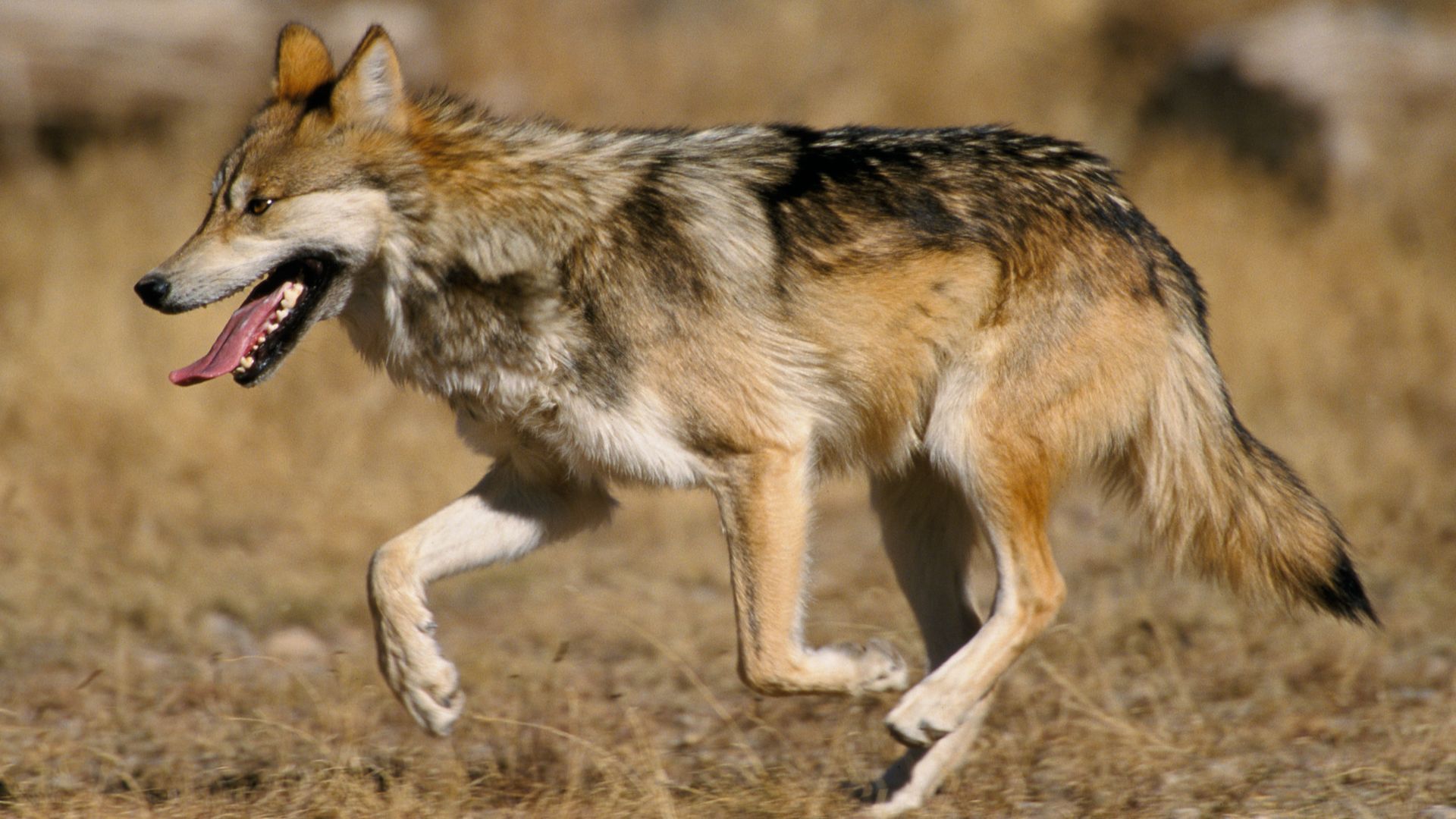 Photographer: Jim Clark, Wikimedia Commons
Photographer: Jim Clark, Wikimedia Commons
Black Rhino
Poaching pushed black rhinos close to oblivion, with population declining from 70,000 to just 2,410 between 1970 and 1995. Through rhino sanctuaries, protected zones, and anti‑poaching efforts, many populations are now stable or increasing, although subspecies vary in their recovery success. The animal’s current population is more than 6,400 with the most stable populations seen in South Africa, Namibia, Kenya, and Zimbabwe.
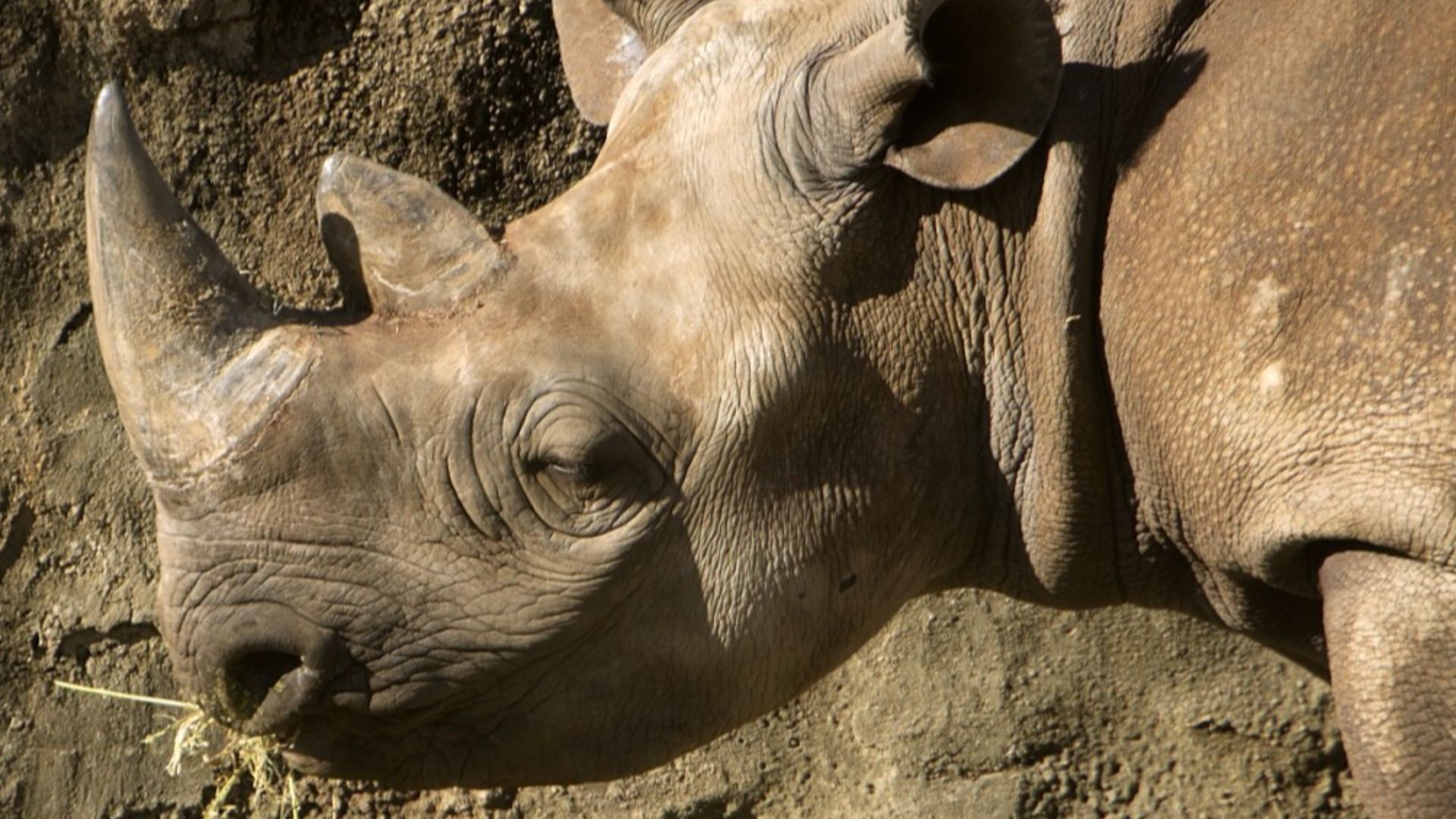 Matthew Field http://www.mattfield.com, Wikimedia Commons
Matthew Field http://www.mattfield.com, Wikimedia Commons
Green Sea Turtle
Egg protection, reduction of bycatch, and beach conservation have helped green sea turtles rebound in many tropical regions. They now nest in greater numbers, though climate and human threats remain. Current world population is between 85,000 and 90,000.
Red Wolf
Recovery of the red wolf is extremely fragile, with a population of tens of animals. Captive breeding and reintroductions in North Carolina are ongoing. Hybridization with coyotes and restricted habitat pose major challenges to this fascinating species’ comeback.
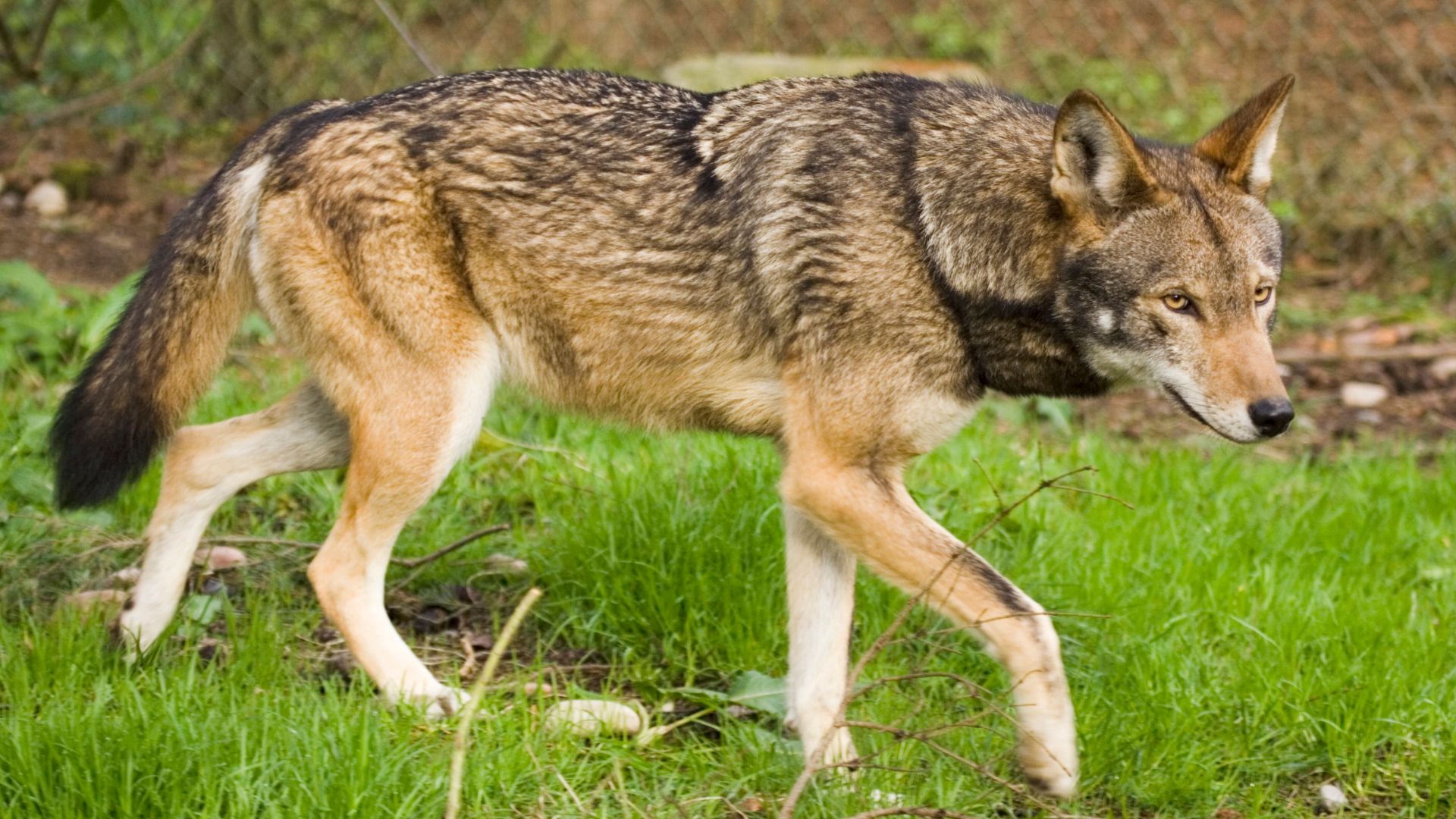 Red Wolf Recovery Program, Wikimedia Commons
Red Wolf Recovery Program, Wikimedia Commons
European Sturgeon
Once overfished with stream and river habitats blocked by dams, European sturgeon are being revived through reintroduction programs in large river systems like the Rhine and Danube. River restoration and fish passages bode well for their recovery prospects.
Kakapo
New Zealand’s flightless kakapo was down to just a handful of individuals. Through predator control, supplementary feeding, and intensive hands-on management, their population now exceeds 200. As of now, the kakapo remains one of conservation’s most delicate successes.
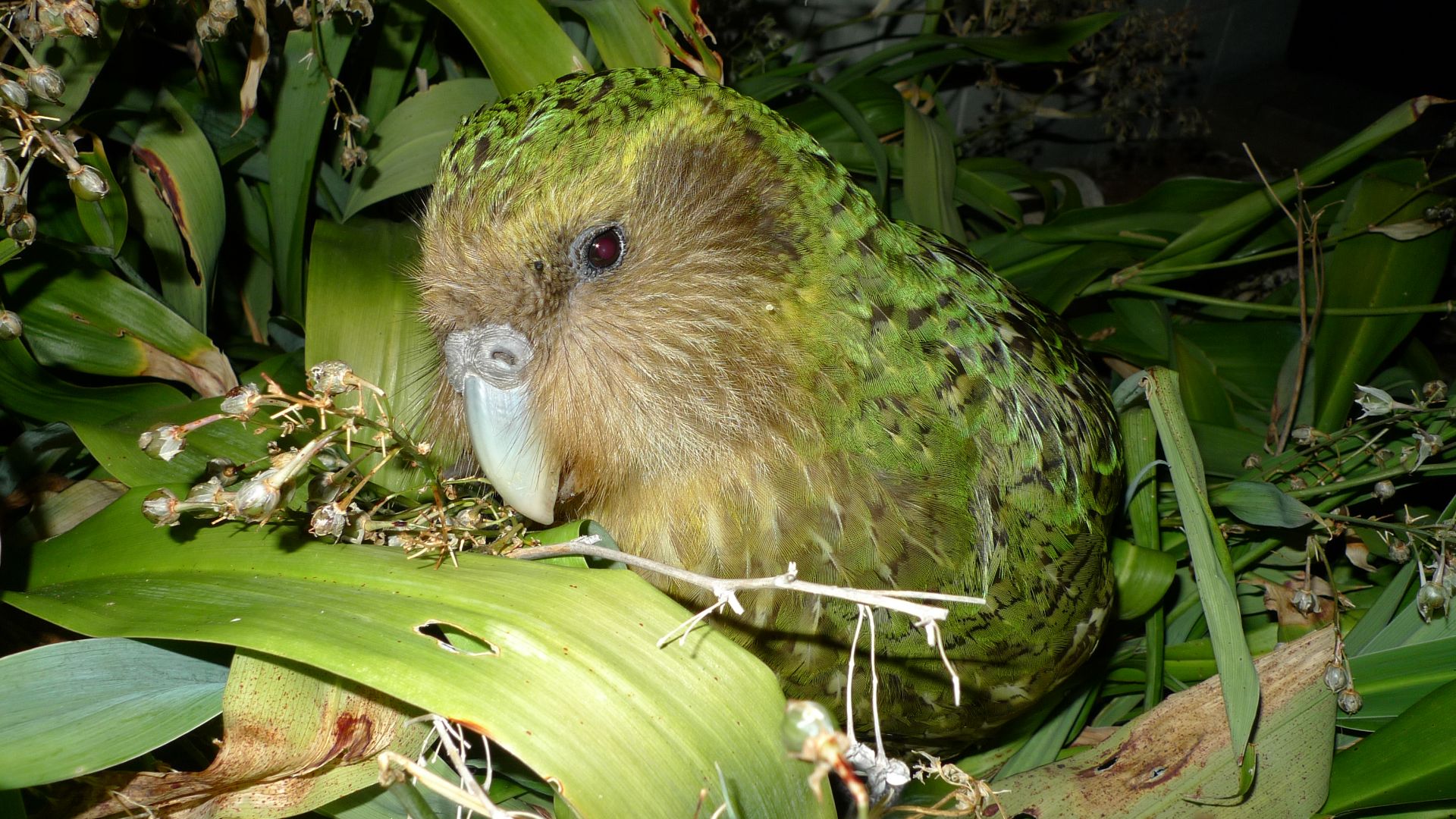 Department of Conservation, Wikimedia Commons
Department of Conservation, Wikimedia Commons
Blue Whale
Commercial whaling massively reduced numbers of Planet Earth’s largest animal. International protections now allow gradual recovery. The slow reproduction rate of these giants means that population rebounds are decades in the making, but signs of recovery exist. Current world population: between 10,000 and 25,000 individuals.
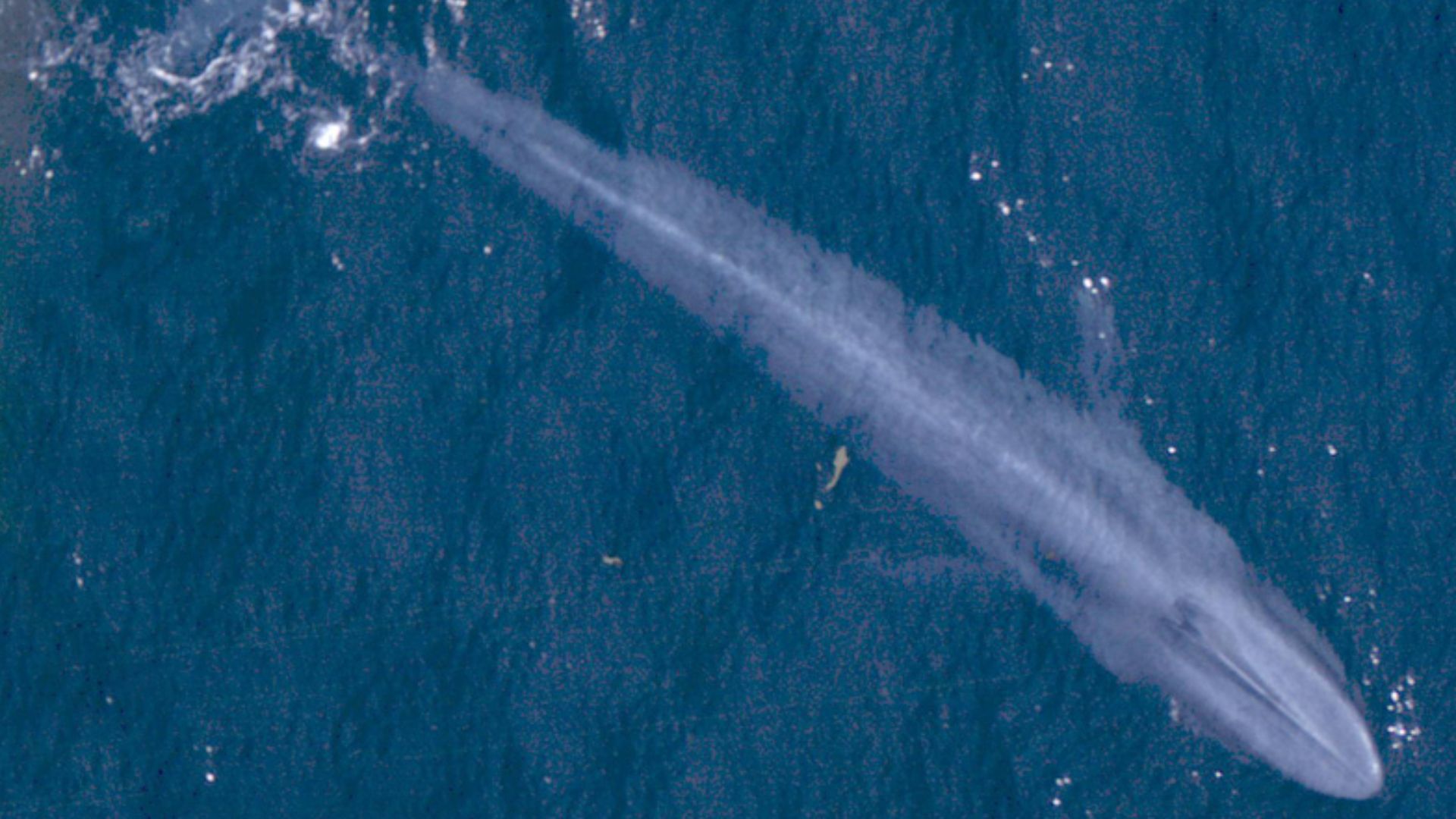 NOAA Fisheries (TBjornstad 11:20, 18 April 2007 (UTC)), Wikimedia Commons
NOAA Fisheries (TBjornstad 11:20, 18 April 2007 (UTC)), Wikimedia Commons
Eurasian Beaver
Beavers, once nearly extinct across parts of Europe, have been reintroduced in many nations. These enterprising animals are returning in their age-old role as ecosystem engineers; their industrious ways create wetlands and promote biodiversity across landscapes. The current population is about 1.5 million animals, a major success story.
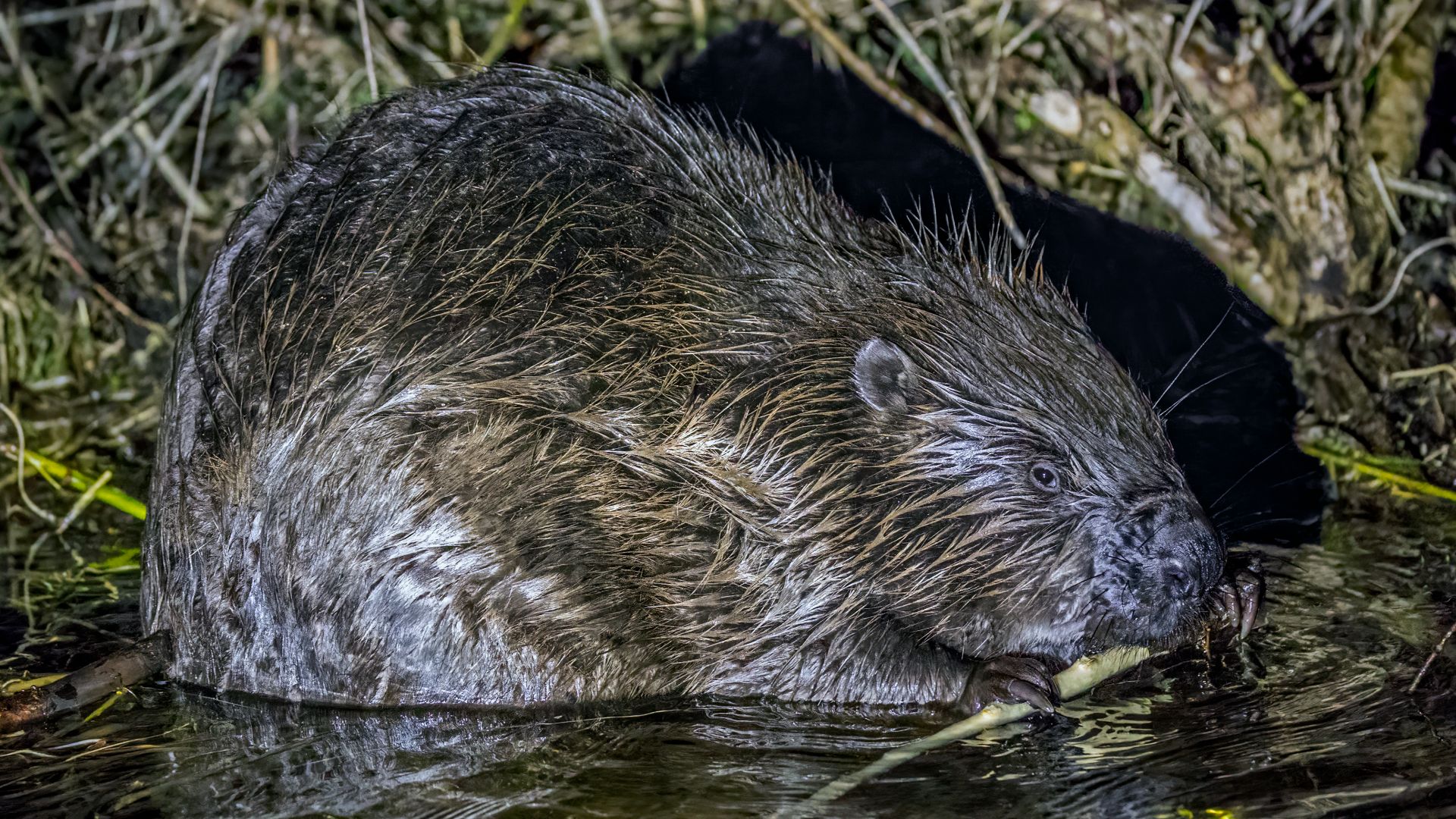 Charles J. Sharp, Wikimedia Commons
Charles J. Sharp, Wikimedia Commons
Andean Condor
Threatened by poisoning and habitat loss, Andean condors have increased in protected areas in South America through captive rearing, release programs, and education. Their comeback strengthens mountain food webs. The birds live primarily in the wilds of Argentina and Chile, with population estimates at around 10,000.
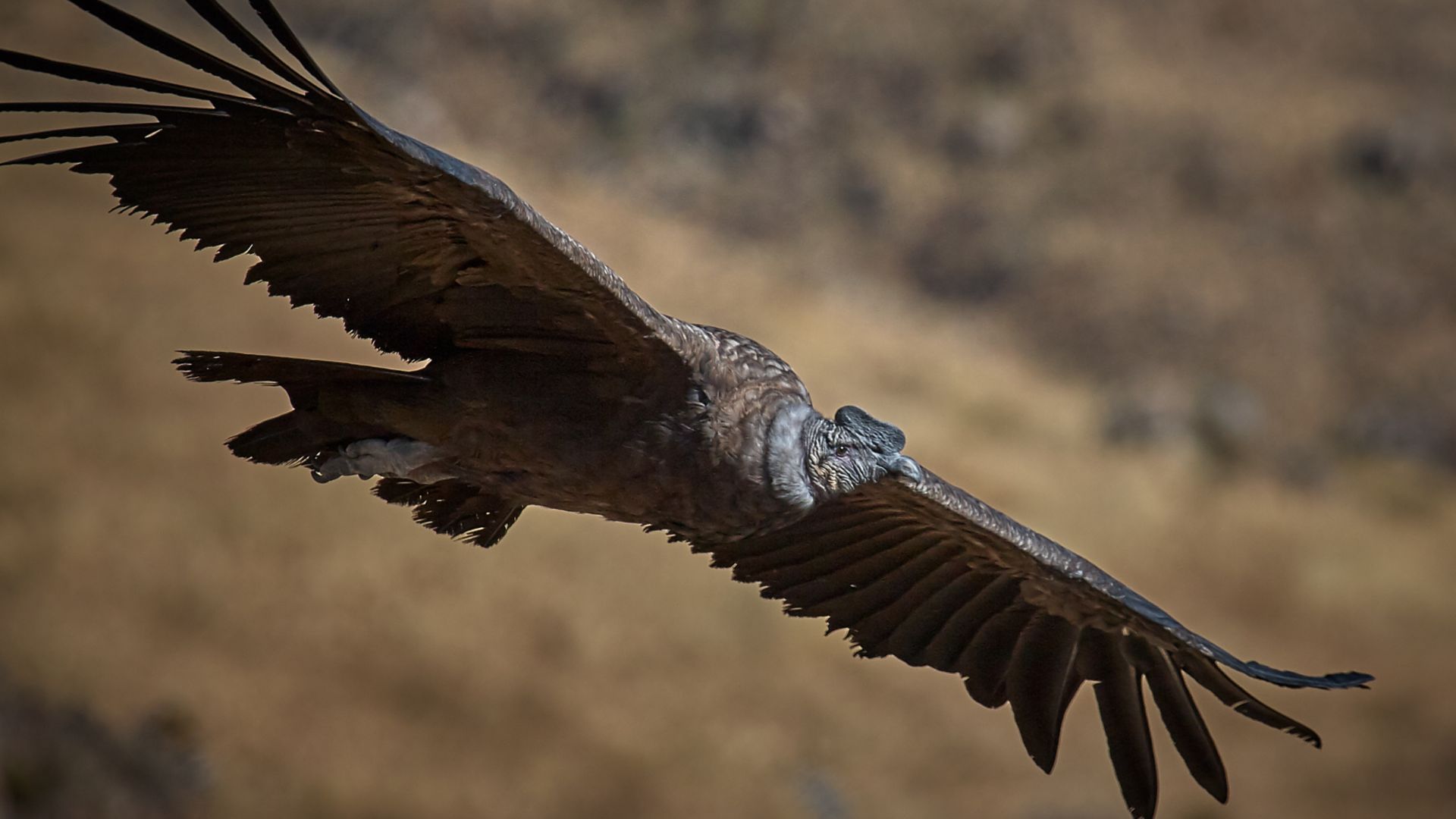 Pedro Szekely, Wikimedia Commons
Pedro Szekely, Wikimedia Commons
Steller Sea Lion
After steep population declines in Alaska, protections on fisheries, habitat safeguards, and monitoring have allowed some recovery in specific regions since the early 2000s, though other regional population groups remain in decline.
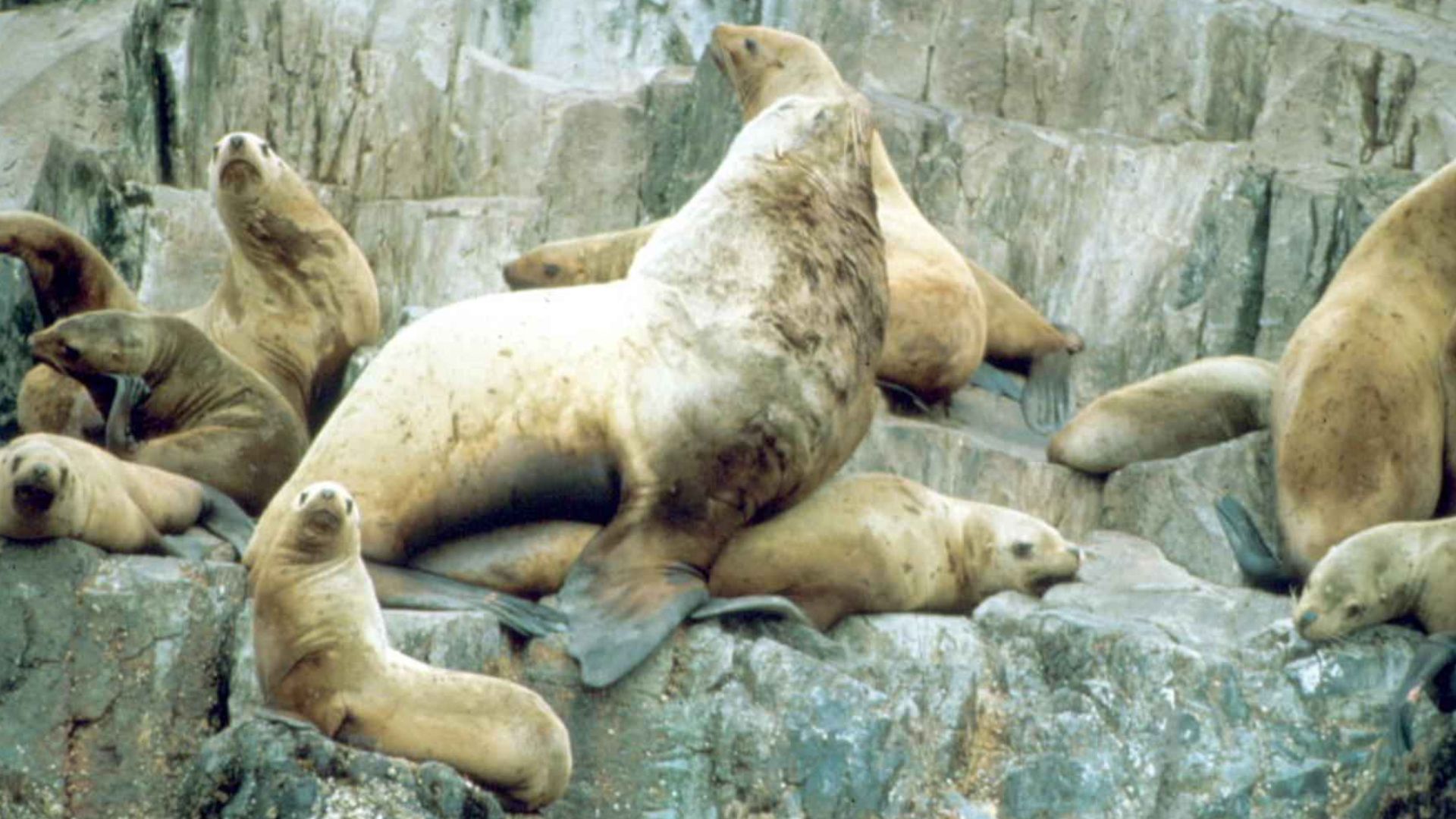 Early T, U.S. Fish and Wildlife Service, Wikimedia Commons
Early T, U.S. Fish and Wildlife Service, Wikimedia Commons
California Sea Otter
Nearly eradicated by the fur trade, the sea otter population has rebounded in parts of the Californian coast with protective laws and reintroduction. Their role in maintaining healthy kelp forests links species recovery to general habitat health. Over all, the population went from around 1,200 in the early 80s to around 3,000 today.
Whooping Crane
From as few as 15 individuals, the whooping crane recovery programs using captive rearing, crane migration training, and habitat protection have grown populations to several hundred. Their comeback is one of North America’s greatest conservation stories.
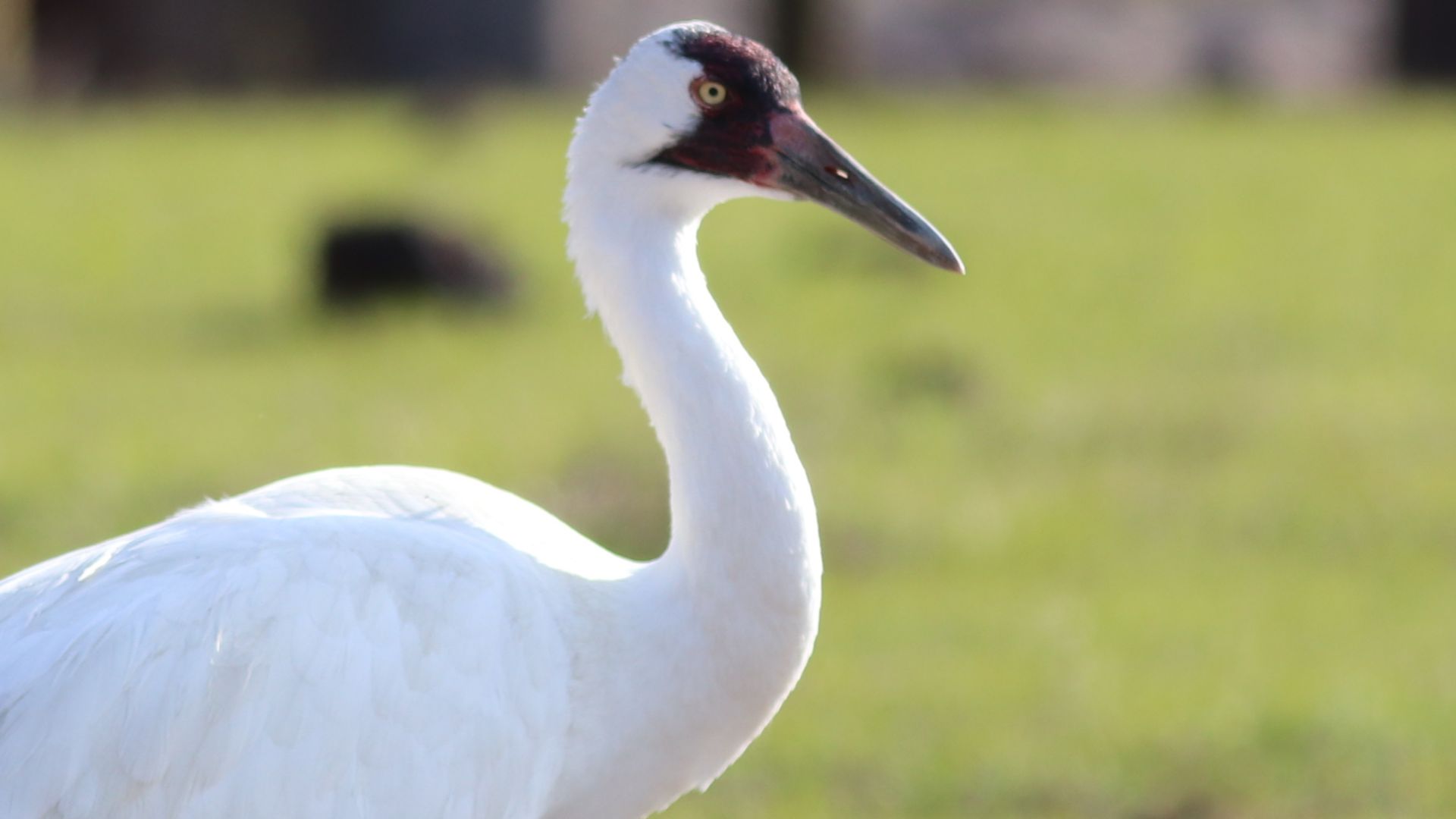 gary_leavens, Wikimedia Commons
gary_leavens, Wikimedia Commons
Mountain Gorilla
In war‑ravaged zones of Africa, mountain gorillas nearly disappeared into the mist. Conservation, ecotourism, and anti‑poaching efforts in Uganda and Rwanda now support slowly growing populations protected by park buffers and community partnerships. It’s a promising start to a long road back for these amazing jungle primates, whose population is just over a thousand individuals.
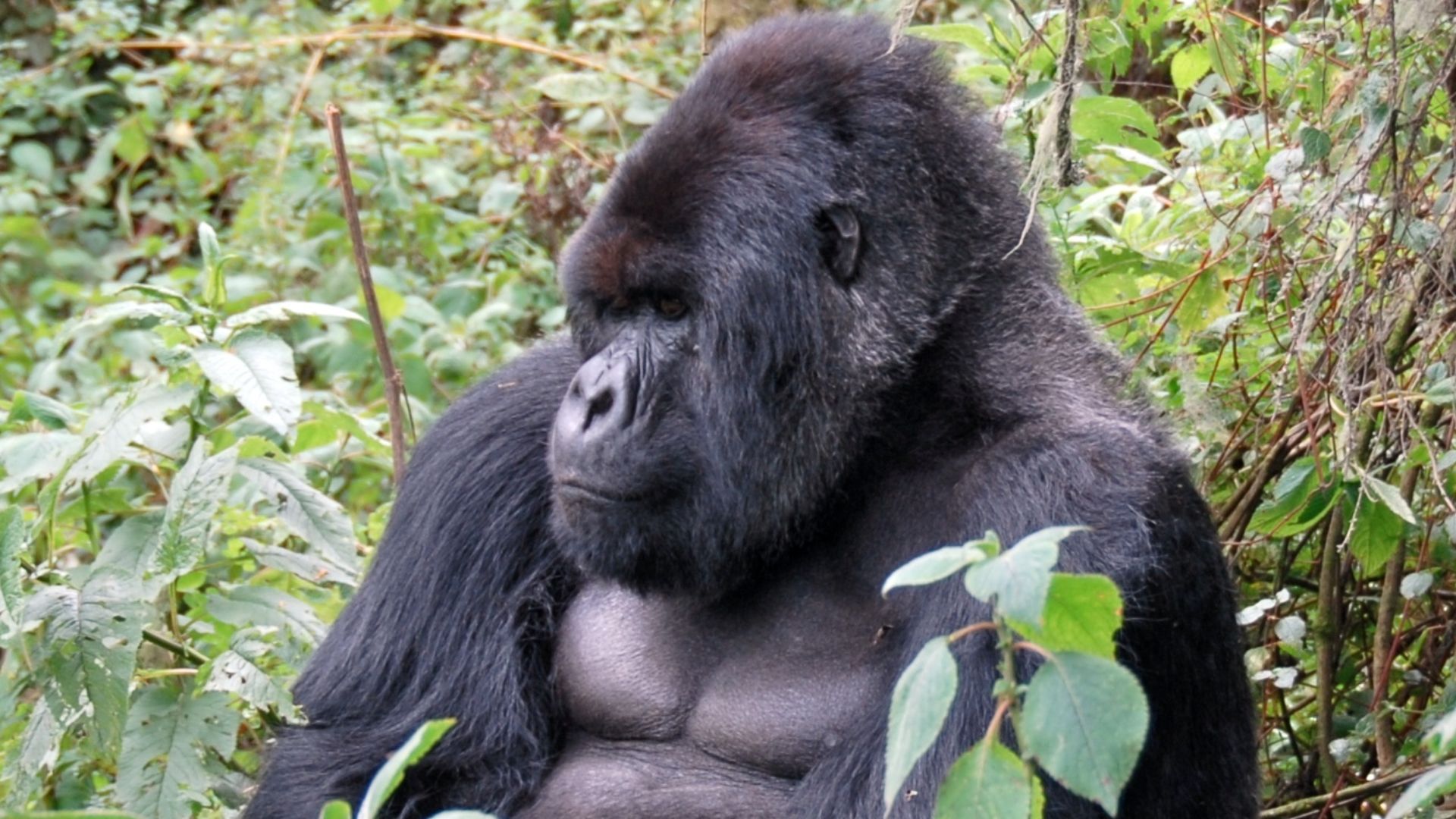 https://www.flickr.com/photos/deepphoto/ d_proffer, Wikimedia Commons
https://www.flickr.com/photos/deepphoto/ d_proffer, Wikimedia Commons
Przewalski’s Horse
Once extinct in the wild, the Przewalski’s horse has been reintroduced to Mongolia and China from captive stocks. Its reproduction and population growth in the wild marks one of the few equine restoration successes.
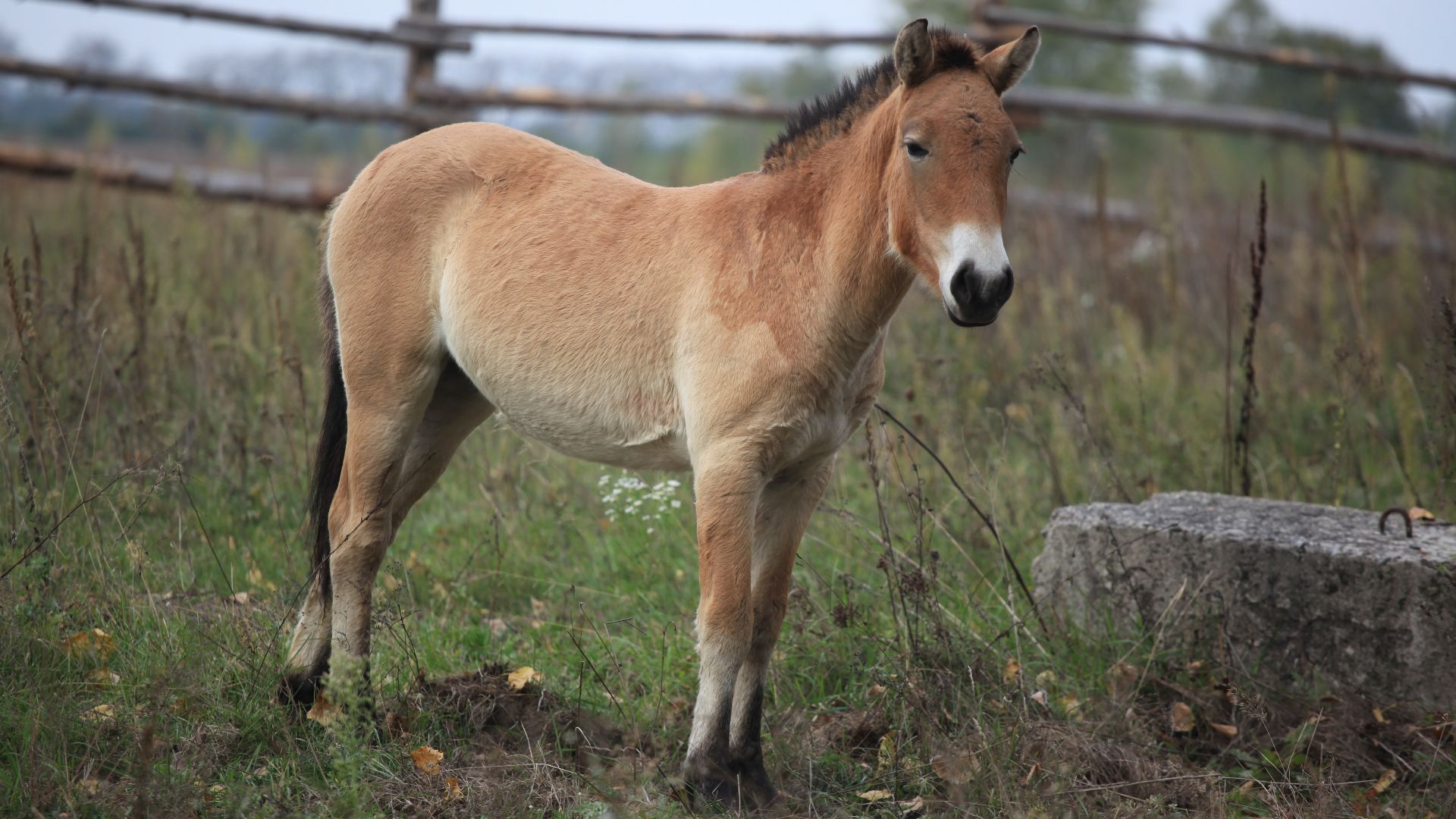 IAEA Imagebank, Wikimedia Commons
IAEA Imagebank, Wikimedia Commons
Amur Leopard
One of the rarest big cats, the wild population of the elusive Amur leopard is recovering slowly through protected habitat corridors, anti‑poaching, and captive support programs in the Russian Far East and China. Its future still hangs in the balance.
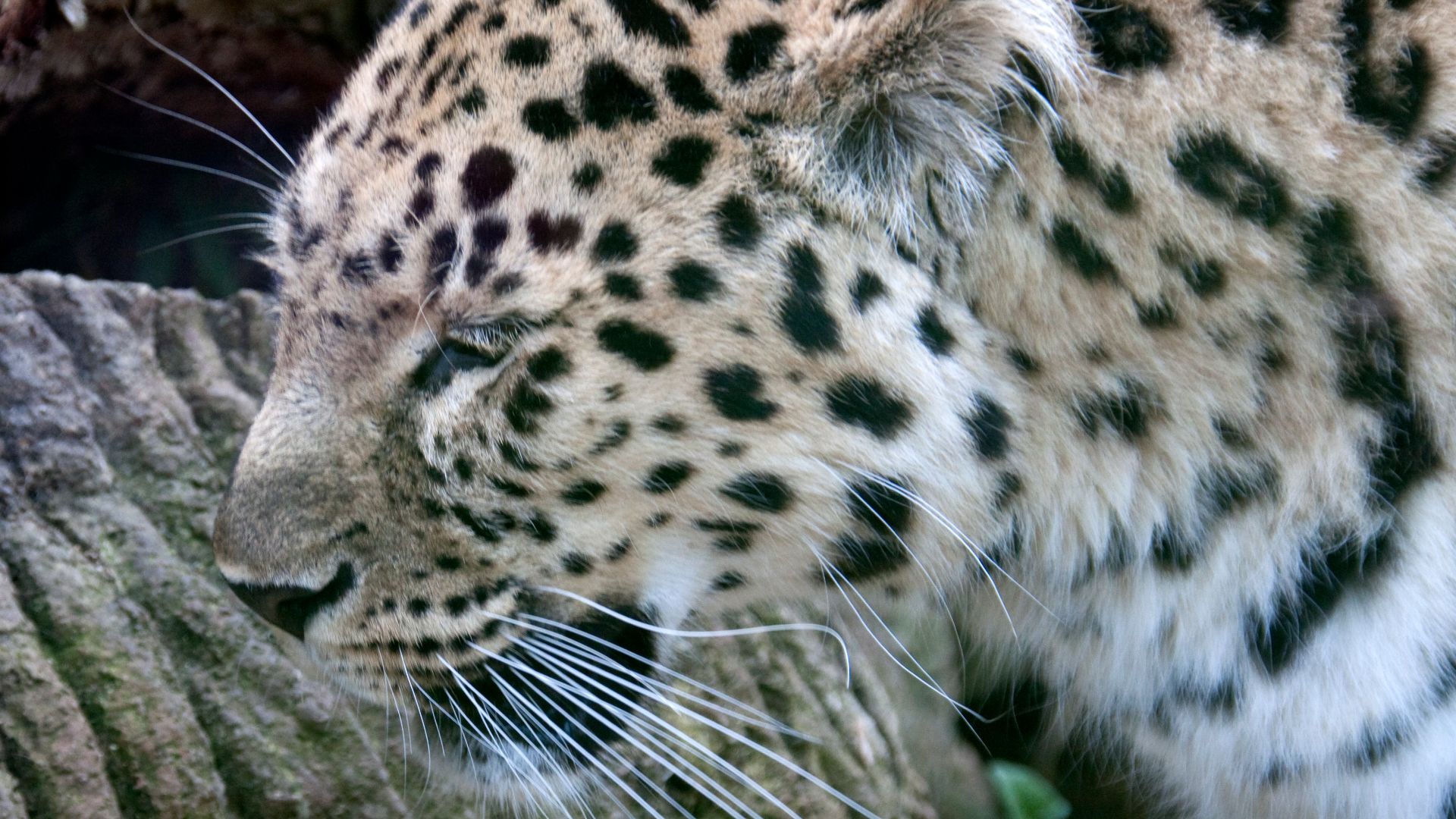 Tony Hisgett from Birmingham, UK, Wikimedia Commons
Tony Hisgett from Birmingham, UK, Wikimedia Commons
Philippine Eagle
Deforestation and hunting nearly doomed the Philippine eagle. Ongoing protection, habitat recovery, and captive breeding programs are helping to stabilize small populations of the rare bird. Its recovery would be a massive breakthrough for forest ecosystems and biodiversity conservation.
Black‑Footed Ferret
Declared extinct in 1979, the black‑footed ferret was rediscovered in 1981. Captive breeding, reintroduction, habitat restoration, and disease control have revived its numbers to around 300 plucky survivors in the wild. Vaccine delivery via drones is one of the innovative methods used by conservationists to help the ferret come back to a stable population level.
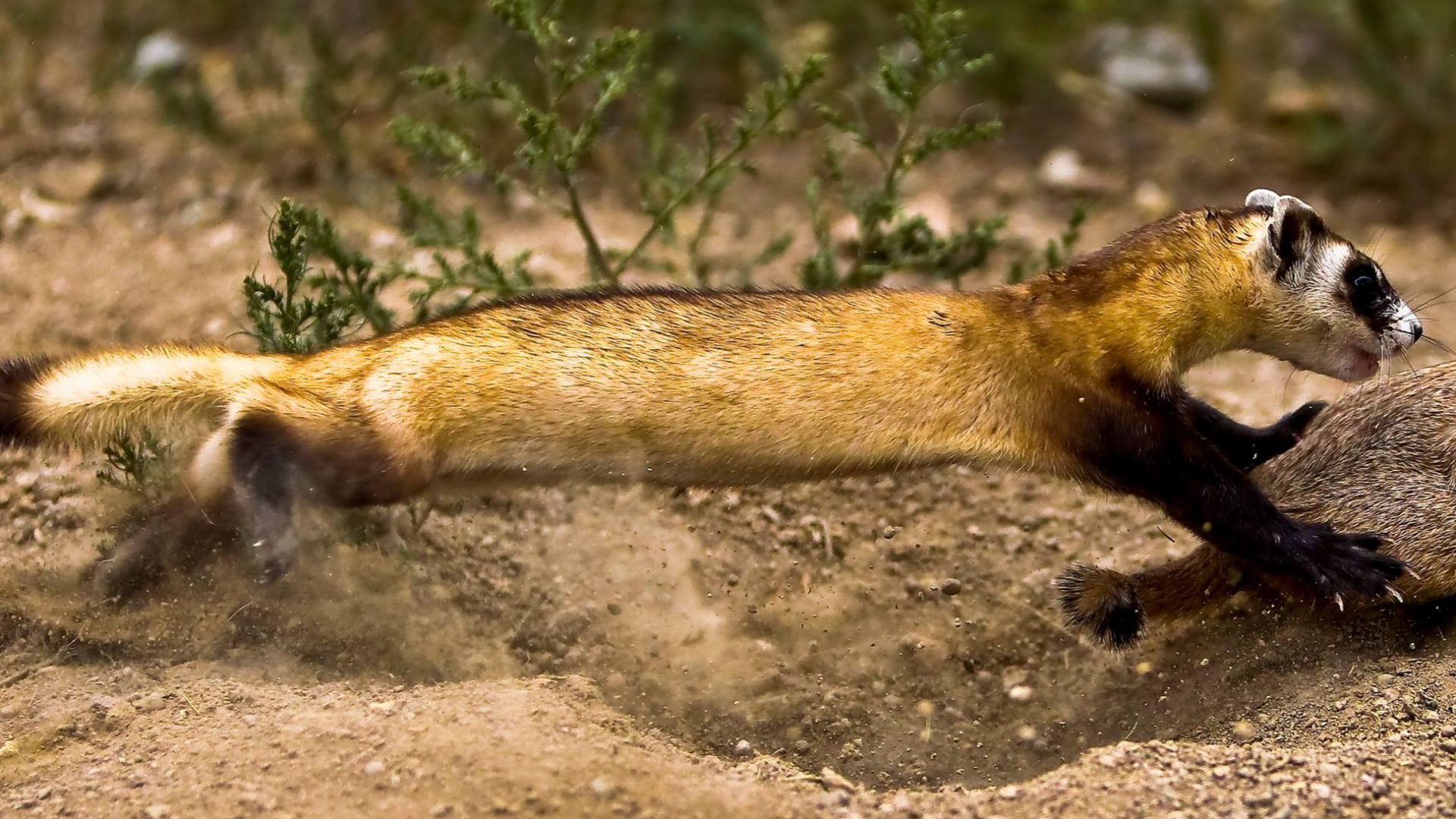 USFWS Mountain-Prairie, Wikimedia Commons
USFWS Mountain-Prairie, Wikimedia Commons
Tigers In Nepal
Through restoring forest corridors and transboundary habitat programs, Nepal has managed to increase its tiger population almost three-fold in the past 15 years to a current population of 355. Conservation in the Terai Arc also supports rhinos and elephants. This joint recovery underscores how landscapes heal.
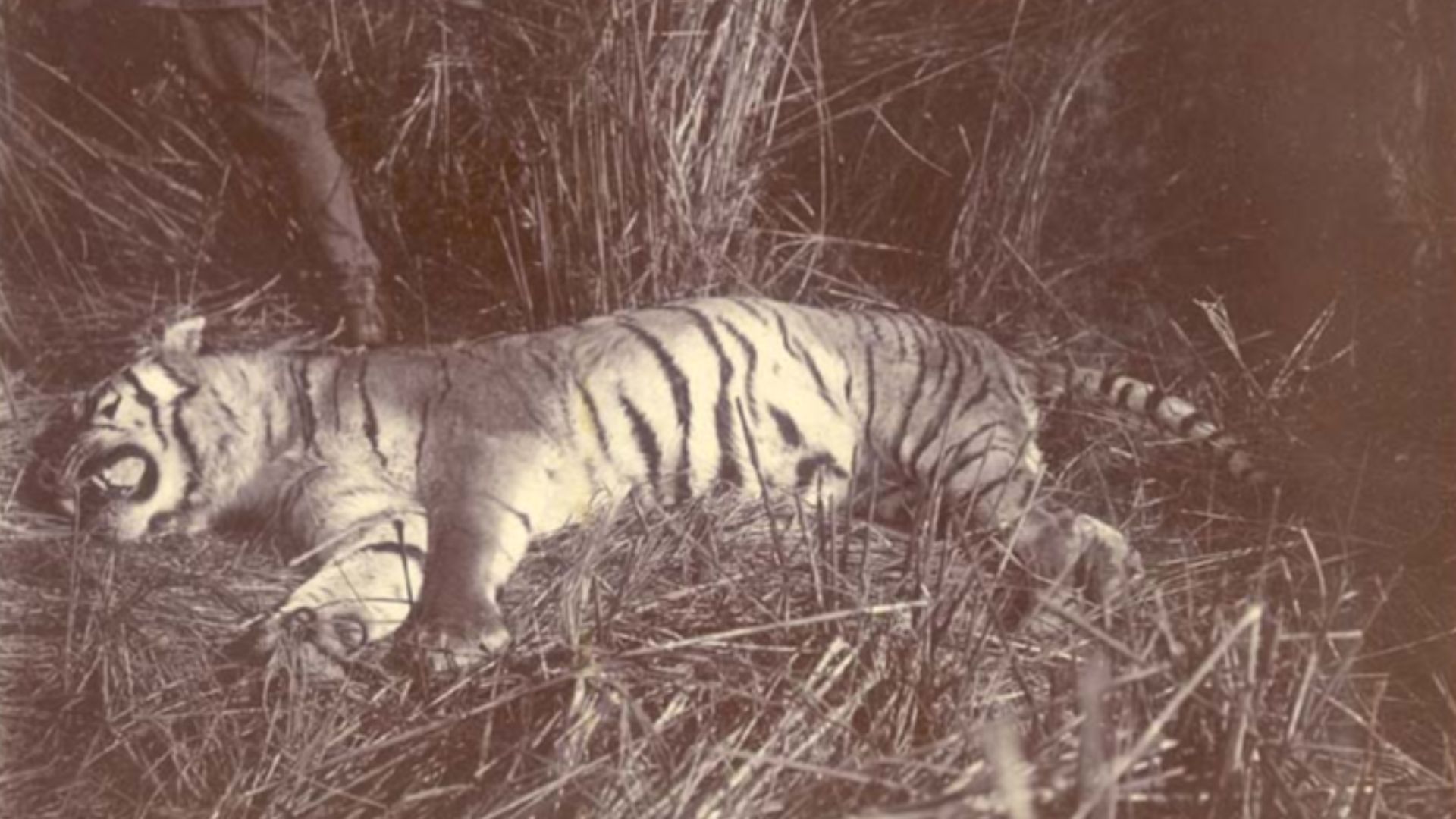 Unknown authorUnknown author, Wikimedia Commons
Unknown authorUnknown author, Wikimedia Commons
One‑Horned Rhino (India & Nepal)
The greater one‑horned rhinoceros, once reduced to 200 individuals, now exceeds 4,000 in India and Nepal. Strict anti‑poaching laws, wise habitat protection initiatives, and translocation efforts under Rhino Vision 2020 have driven its success.
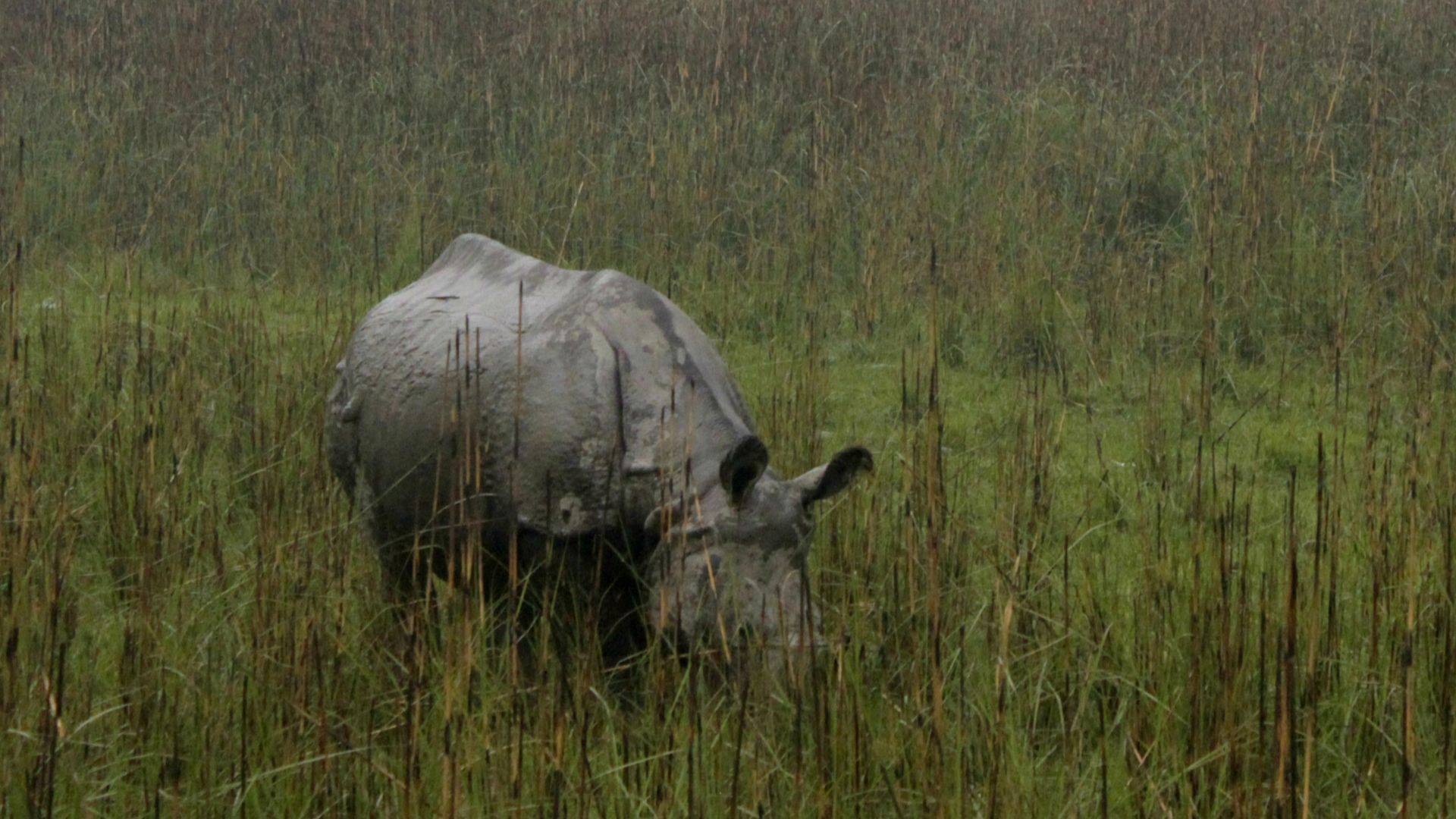 AnantShastri, Wikimedia Commons
AnantShastri, Wikimedia Commons
Saiga Antelope
Once decimated by poaching and disease, the saiga antelope of Central Asia is slowly reappearing. Anti‑poaching patrols, protected steppe corridors, and international cooperation in Kazakhstan and Mongolia have doubled populations. The population in Kazakhstan alone has gone from 20,000 to more than 2 million in the past 20 years.
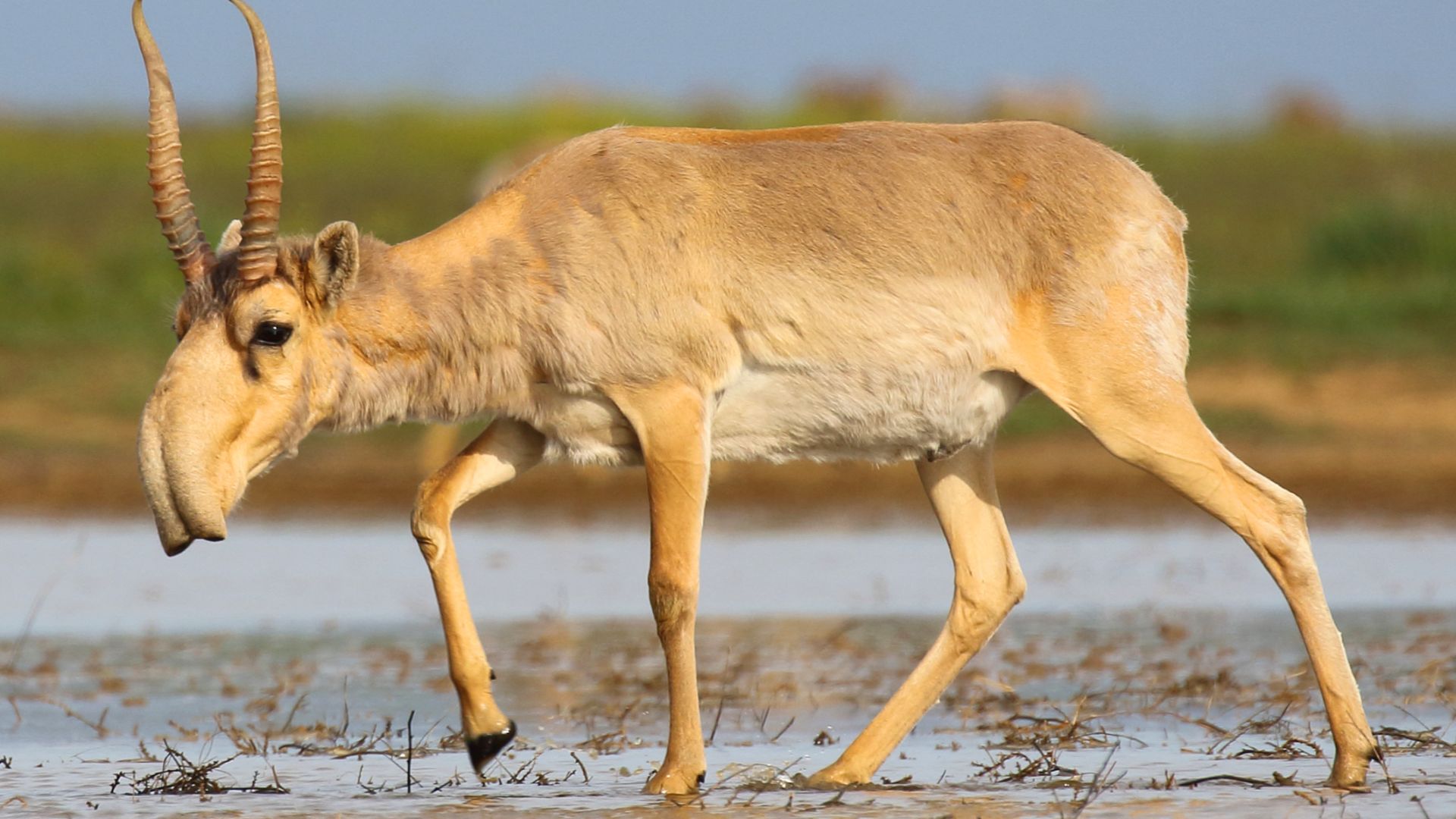 Andrey Giljov, Wikimedia Commons
Andrey Giljov, Wikimedia Commons
Snow Leopard
High‑altitude ghost of the Himalayas, the snow leopard faced steep declines from poaching and habitat loss. Community conservation, compensation for livestock losses, and camera‑trap monitoring have stabilized numbers. The snow leopard has population numbers somewhere between 4 and 6 thousand. It is still considered to be a high-risk species because of its relatively low genetic diversity.
African Penguin
African penguins once suffered from overfishing, egg harvesting, and oil spills. Protected breeding islands, fisheries management, and rescue programs in South Africa and Namibia are helping colonies of the recover, but the flightless coastal birds face a long, uphill climb until they reach stable population levels.
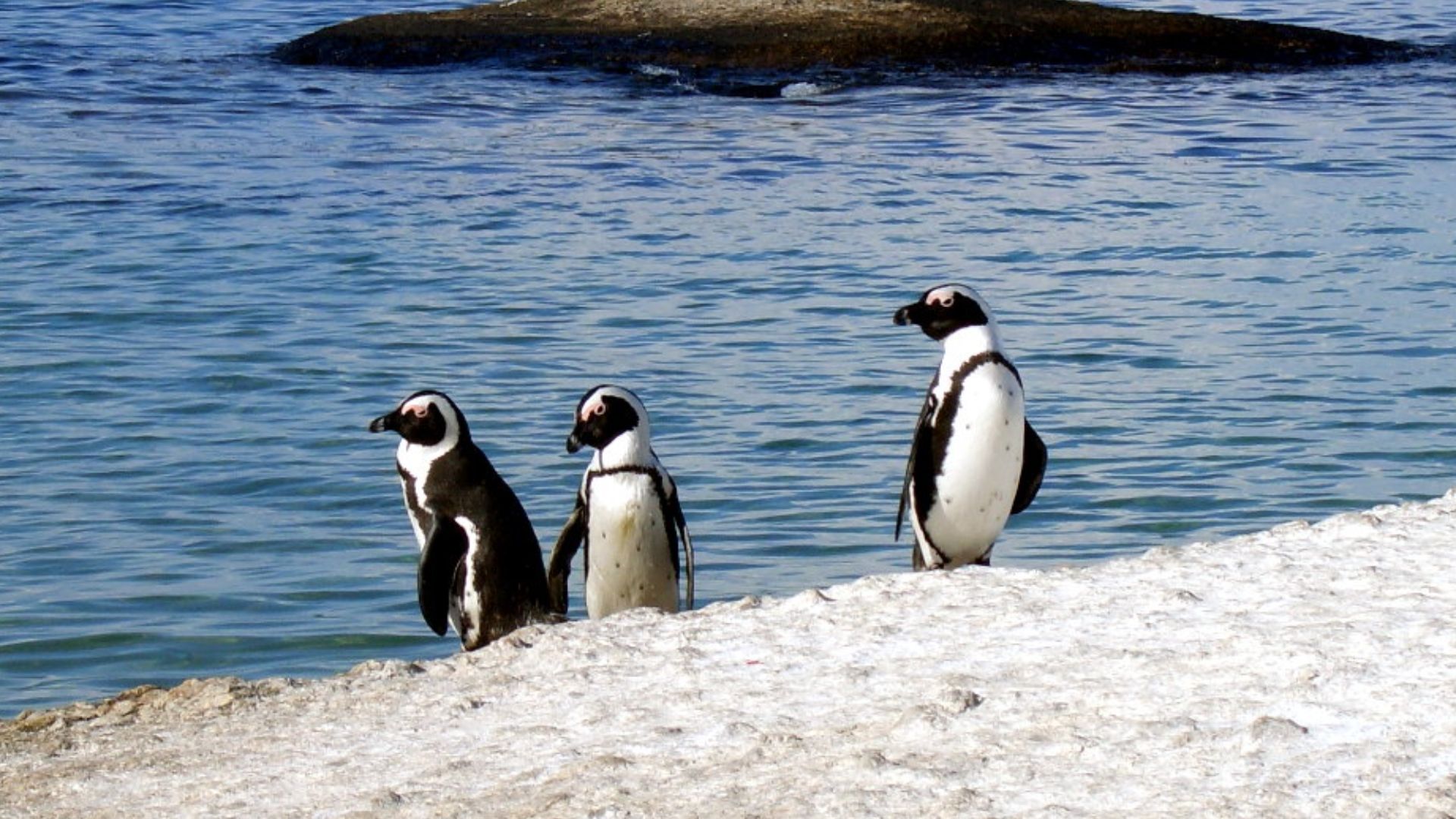 User:Salimfadhley, Wikimedia Commons
User:Salimfadhley, Wikimedia Commons
Golden Lion Tamarin
Native to Brazil’s Atlantic Forest, these small primates with their striking coat of golden fur were nearly lost for good as deforestation disrupted their range. Habitat restoration, reforestation corridors, and captive‑breeding reintroductions have boosted their wild population back up to over 3,000.
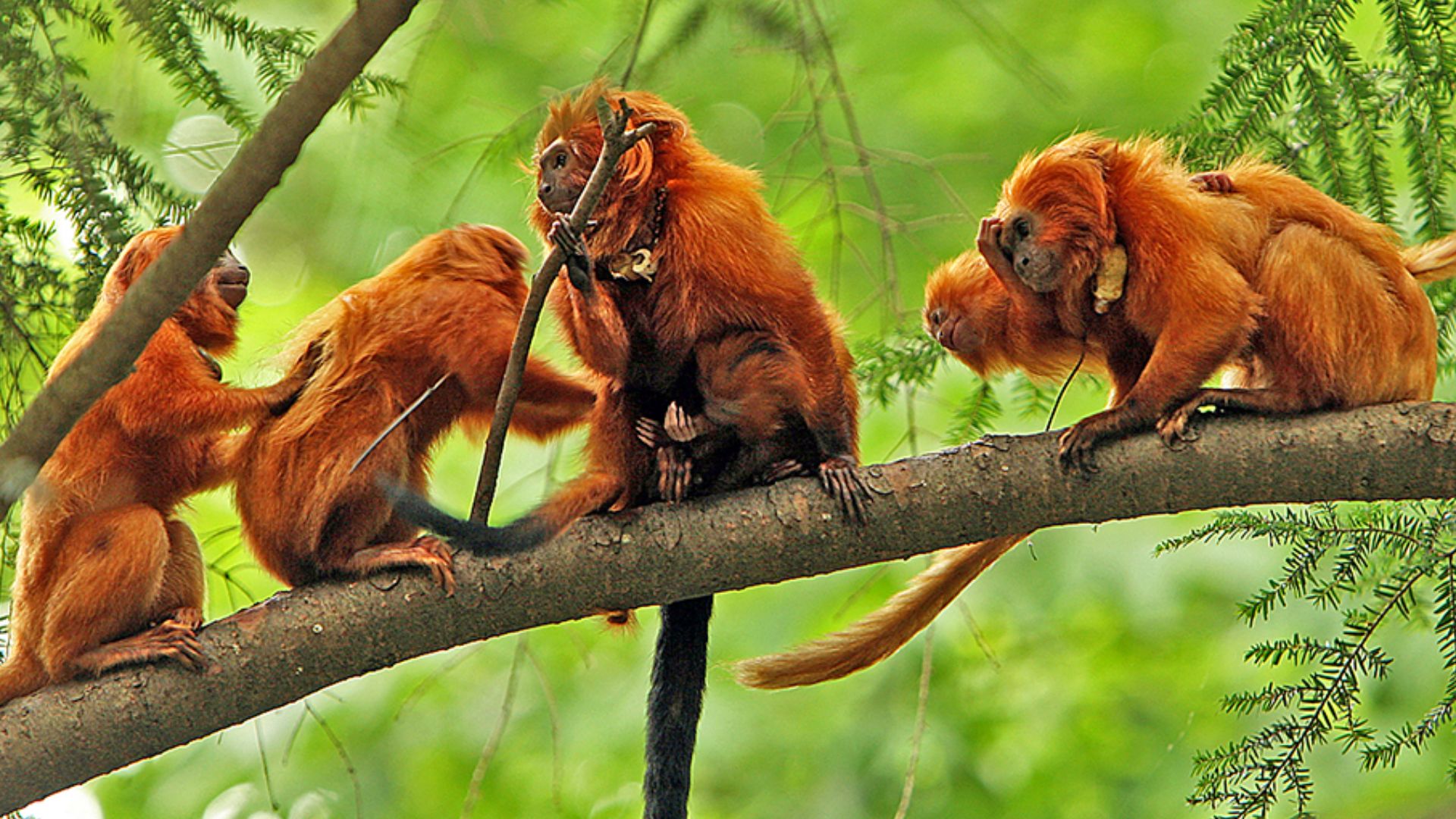 Steve from washington, dc, usa, Wikimedia Commons
Steve from washington, dc, usa, Wikimedia Commons
Recoveries Are Great, But We Can’t Stop There
From tundra to tropics, seas to savannas, these 33 stories prove that extinction isn’t a foregone conclusion. Science, policy, and human will can bring life back from the edge of oblivion. Even with these successes, constant effort is needed to help threatened animal species around the world.
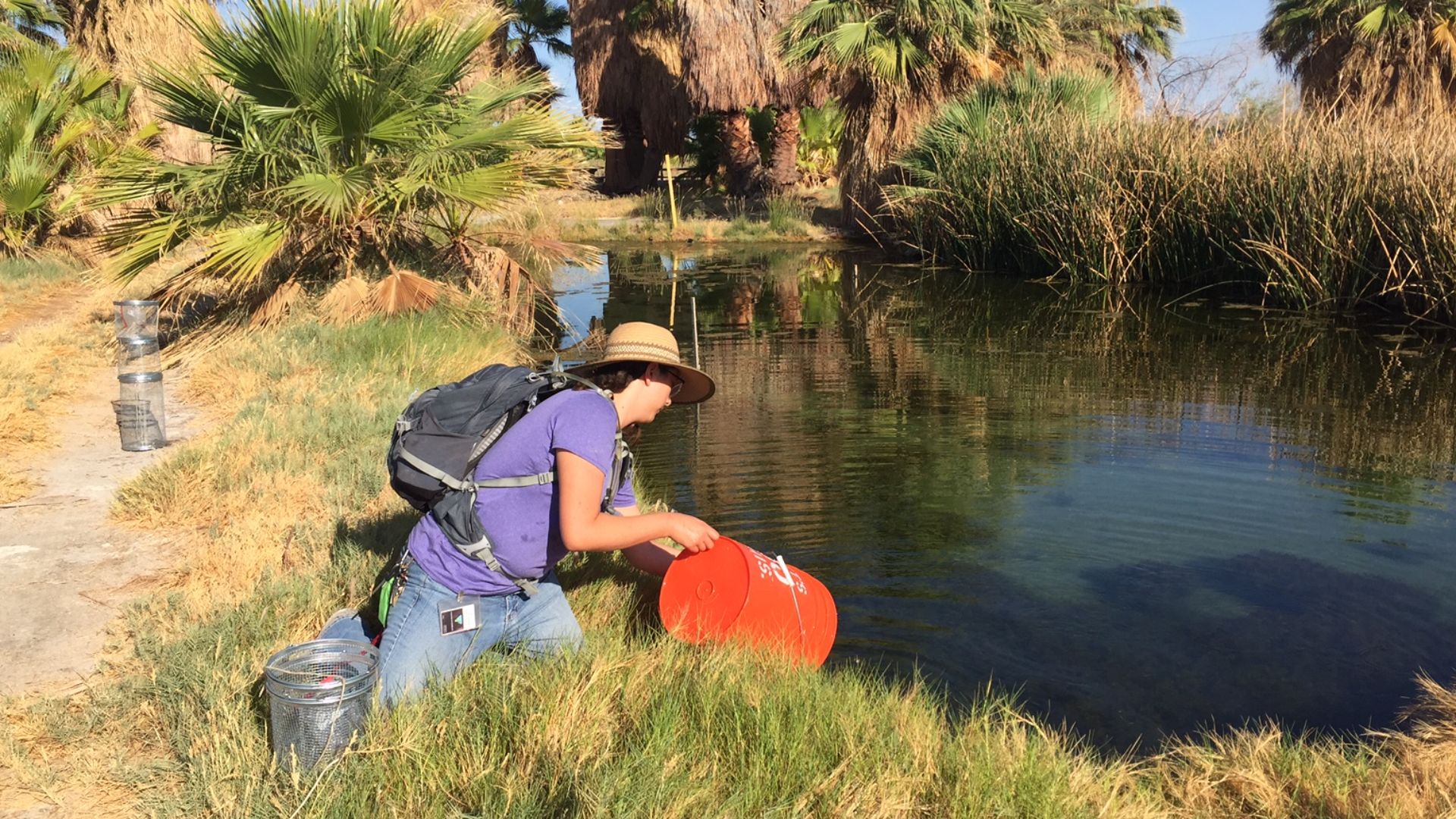 Bureau of Land Management California, Wikimedia Commons
Bureau of Land Management California, Wikimedia Commons
You May Also Like:
Walk On The Wild Side With The Best Wildlife Tours Of 2024
Ranking The Best National Parks In America—According To Visitors

